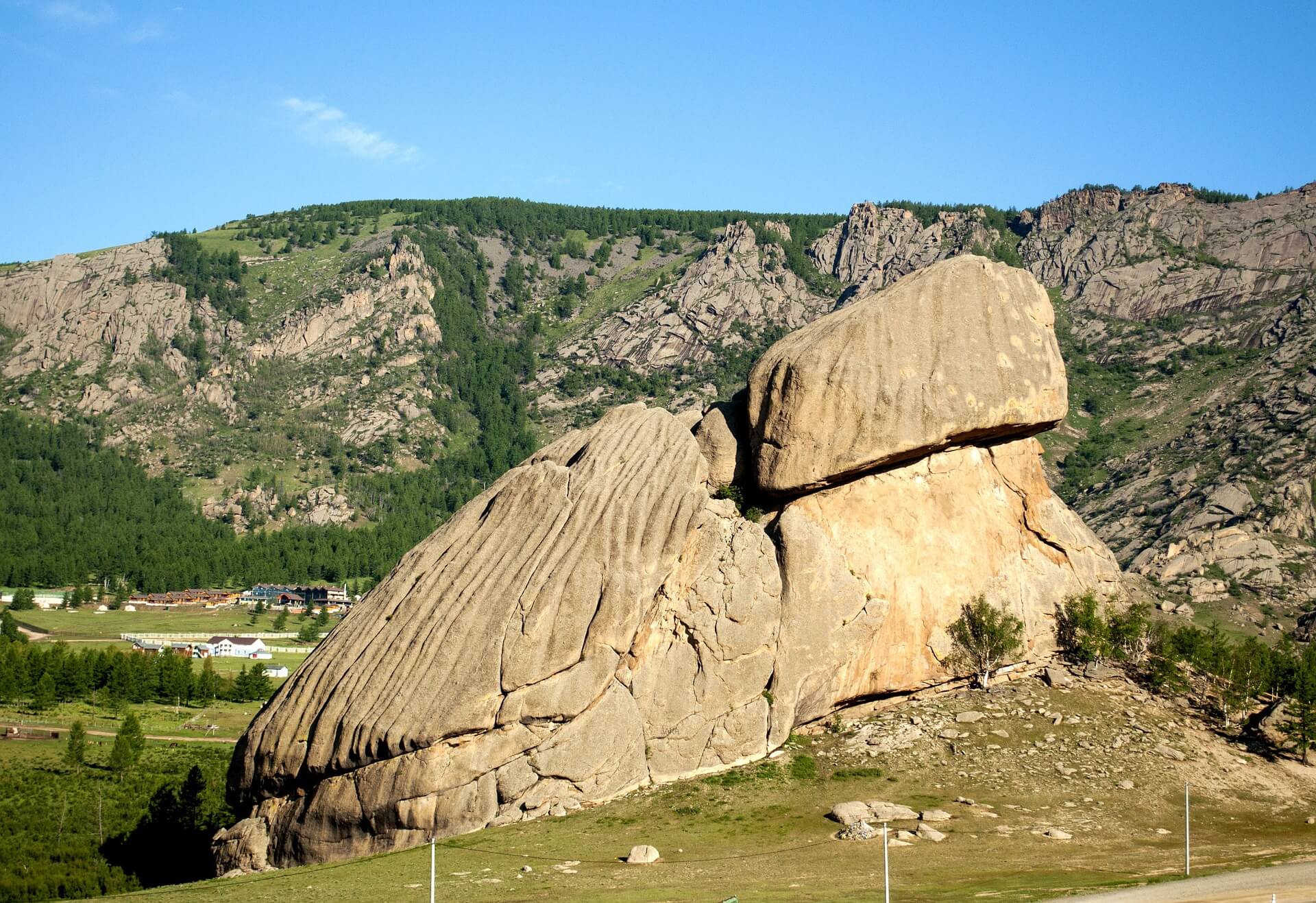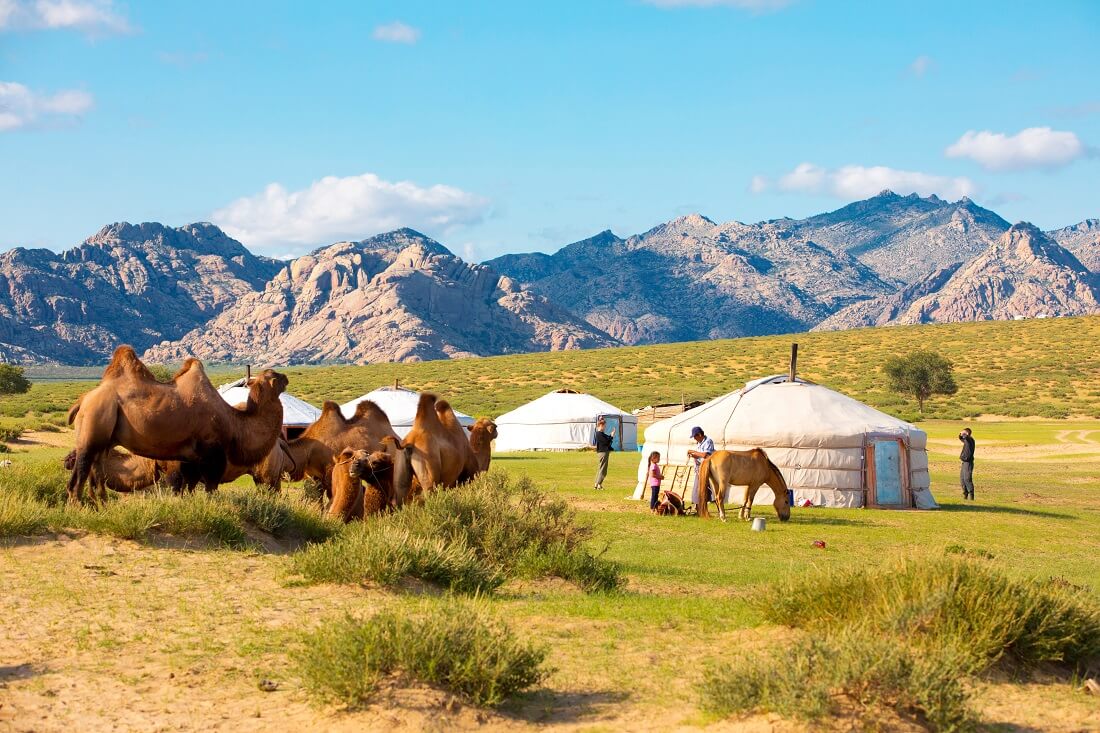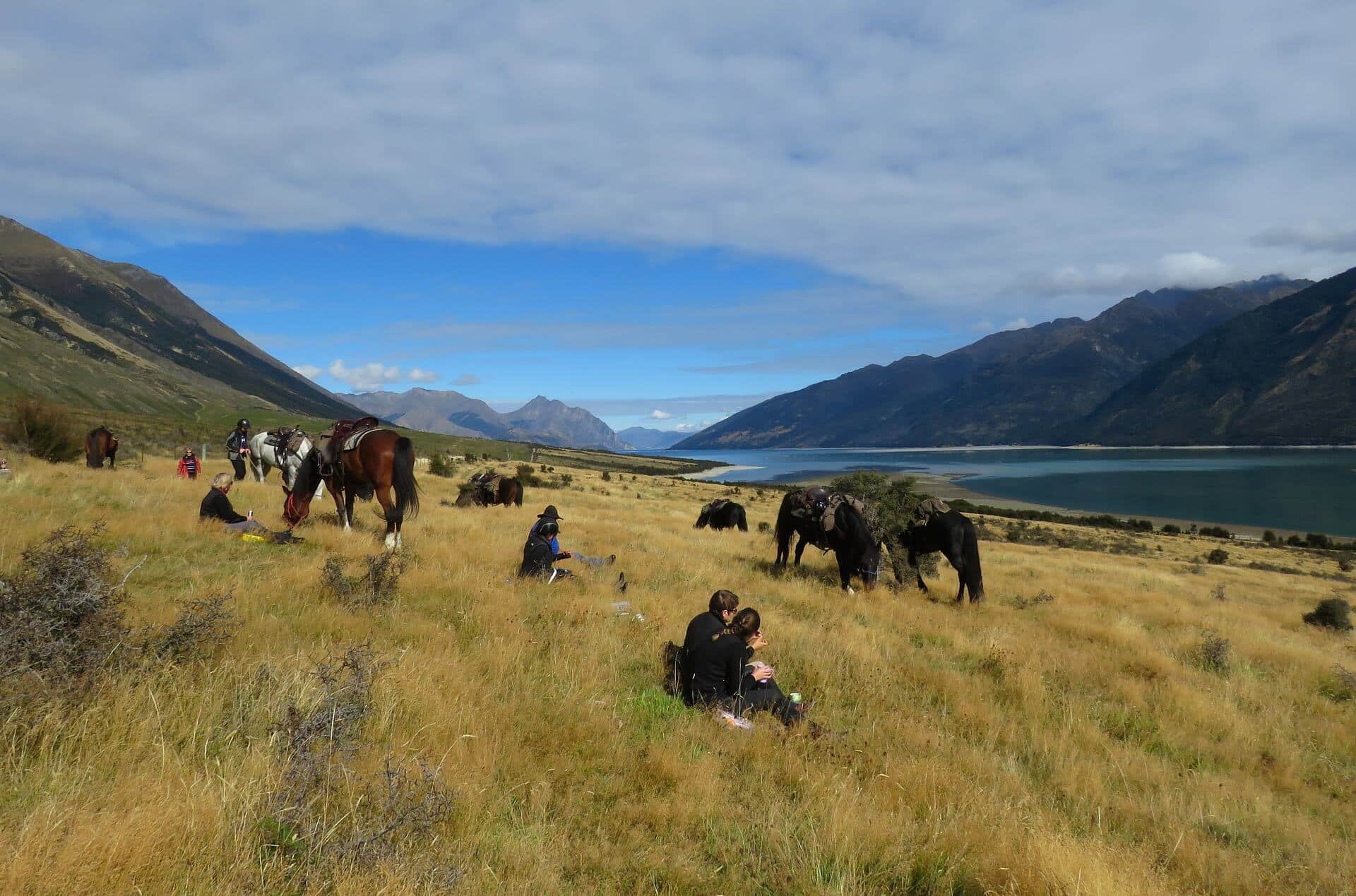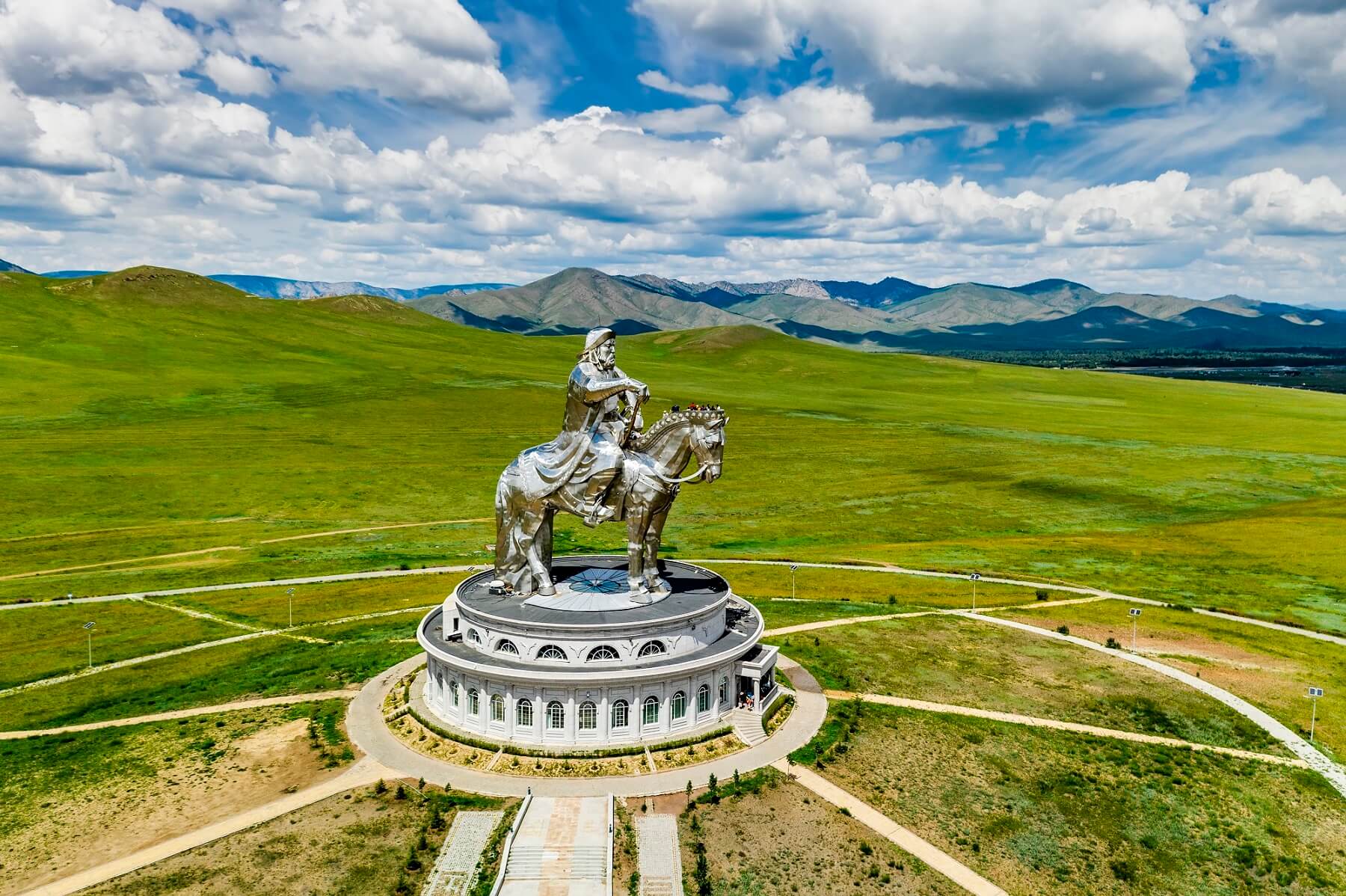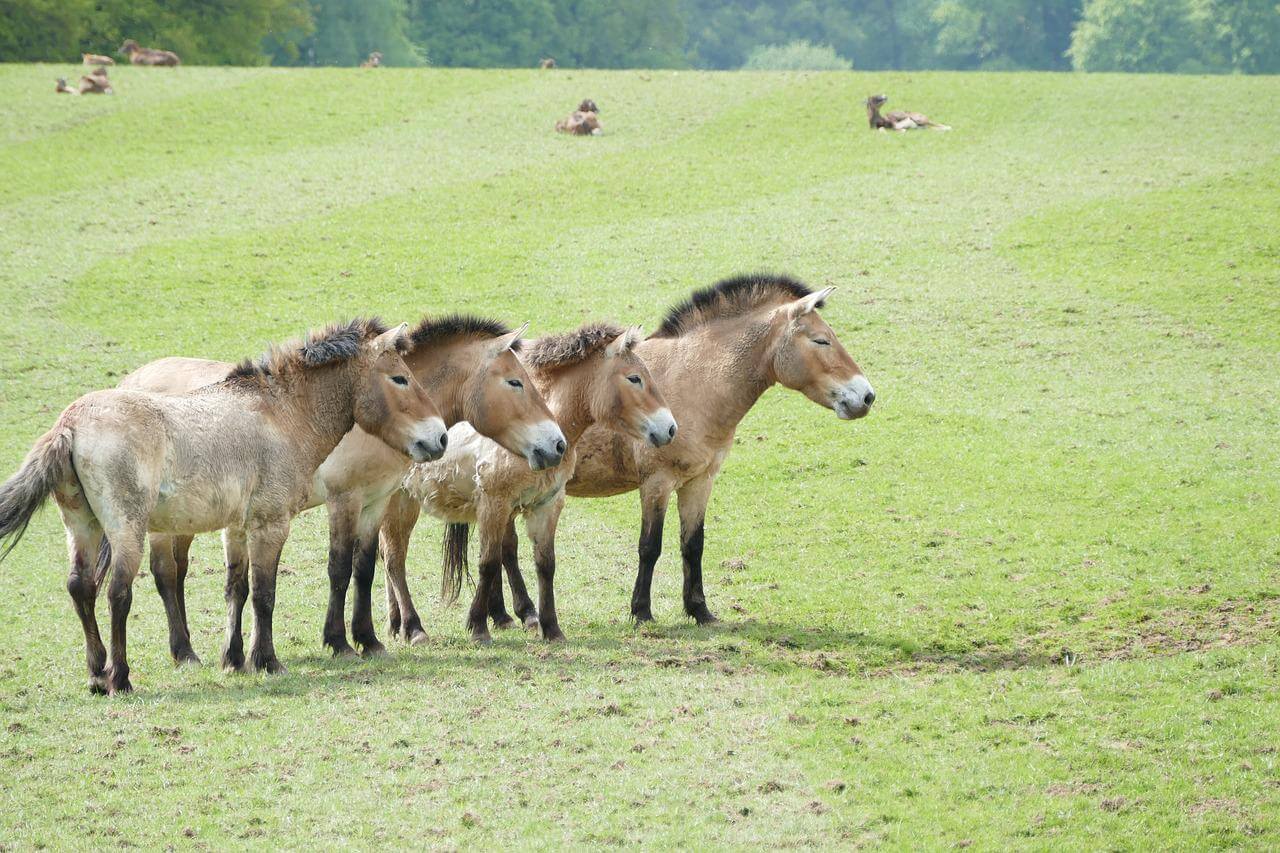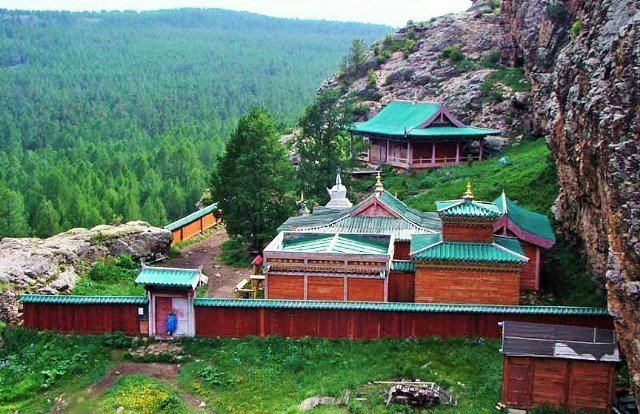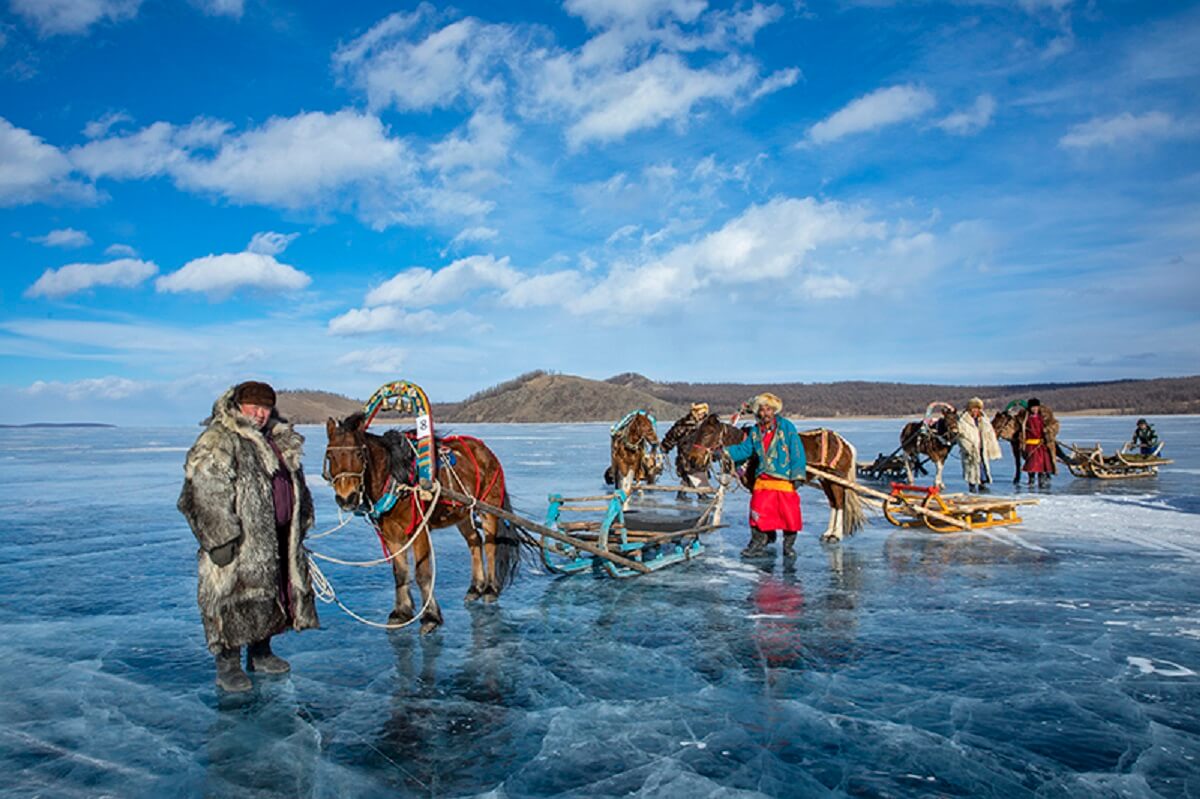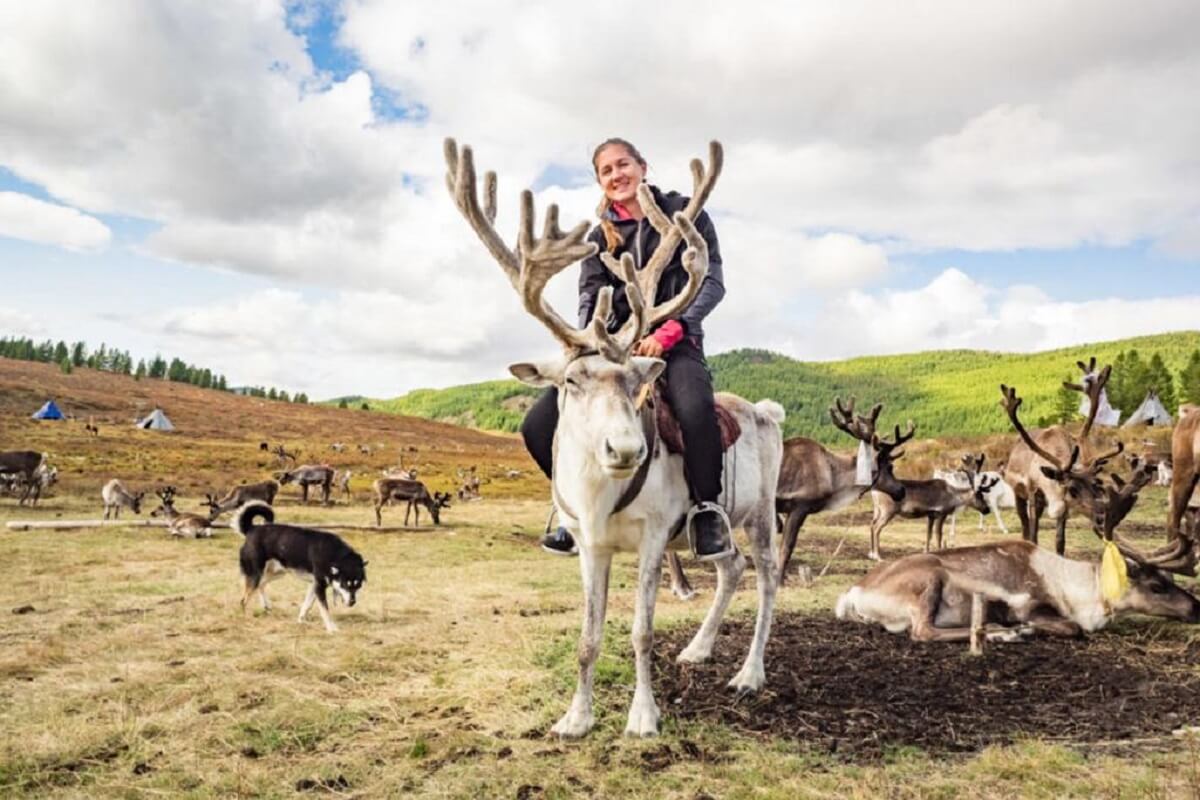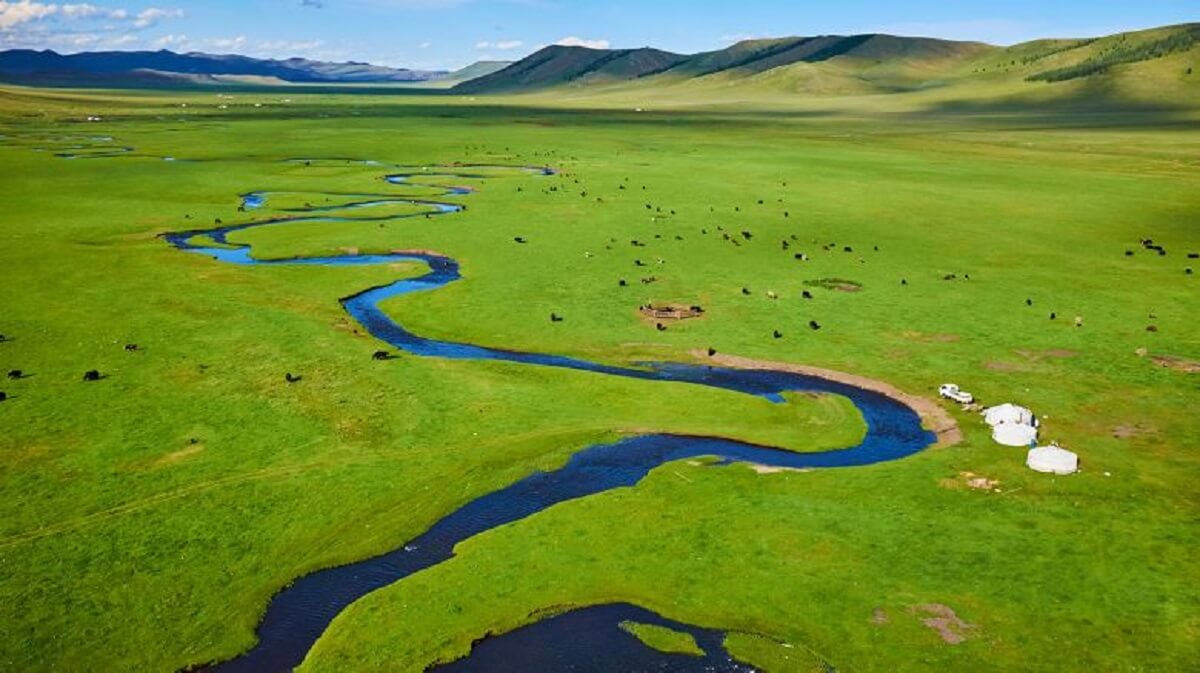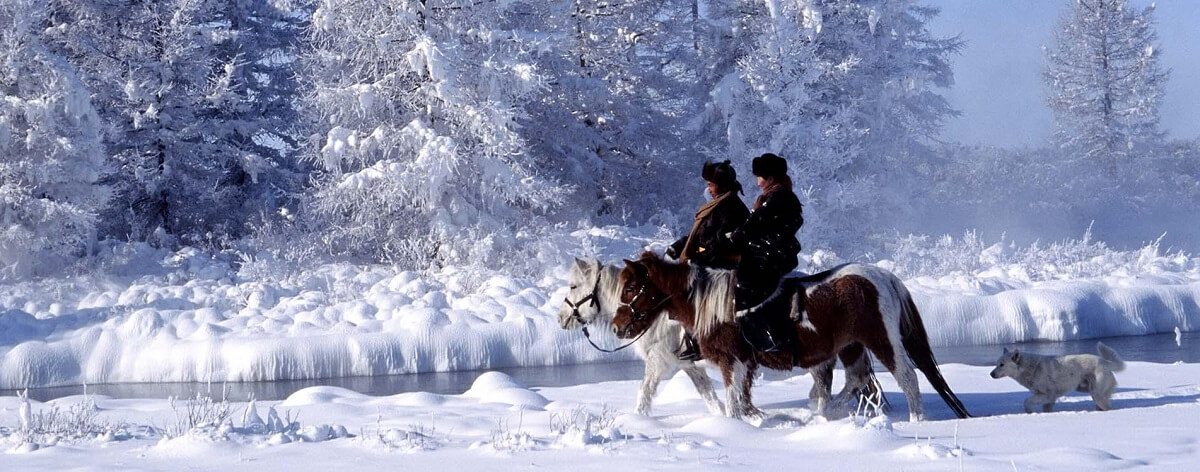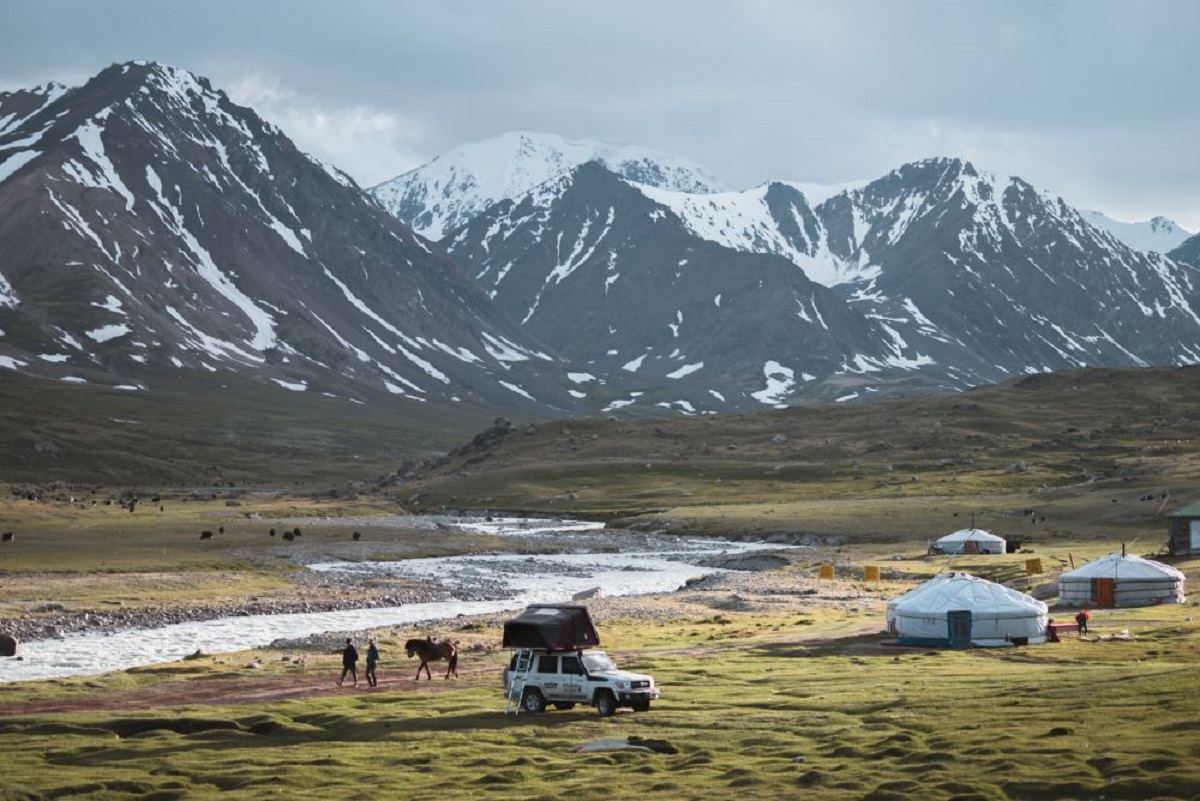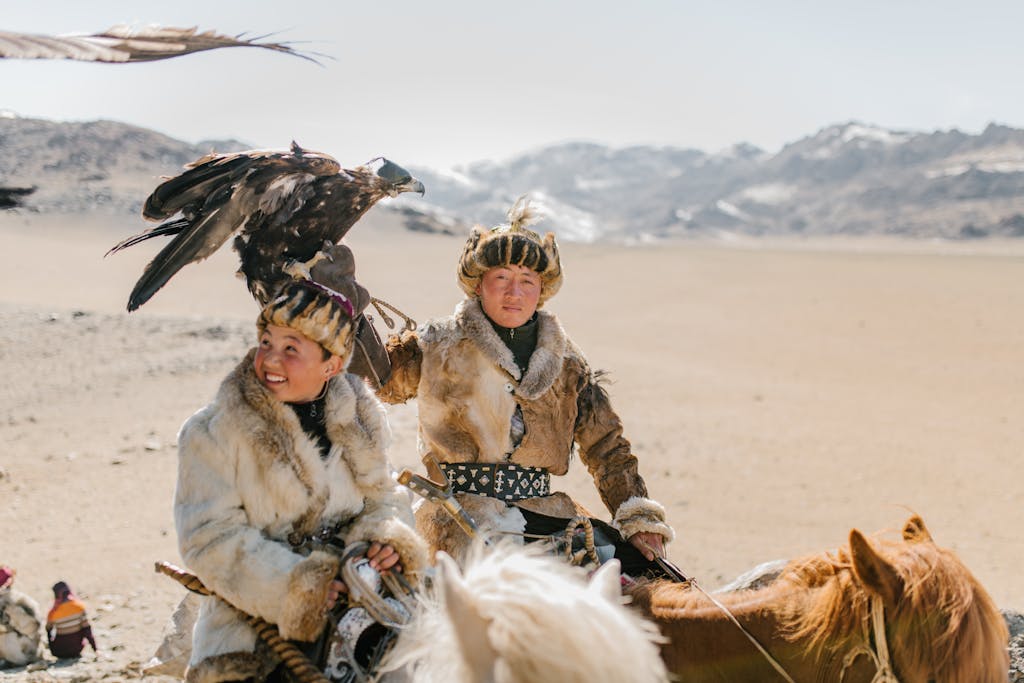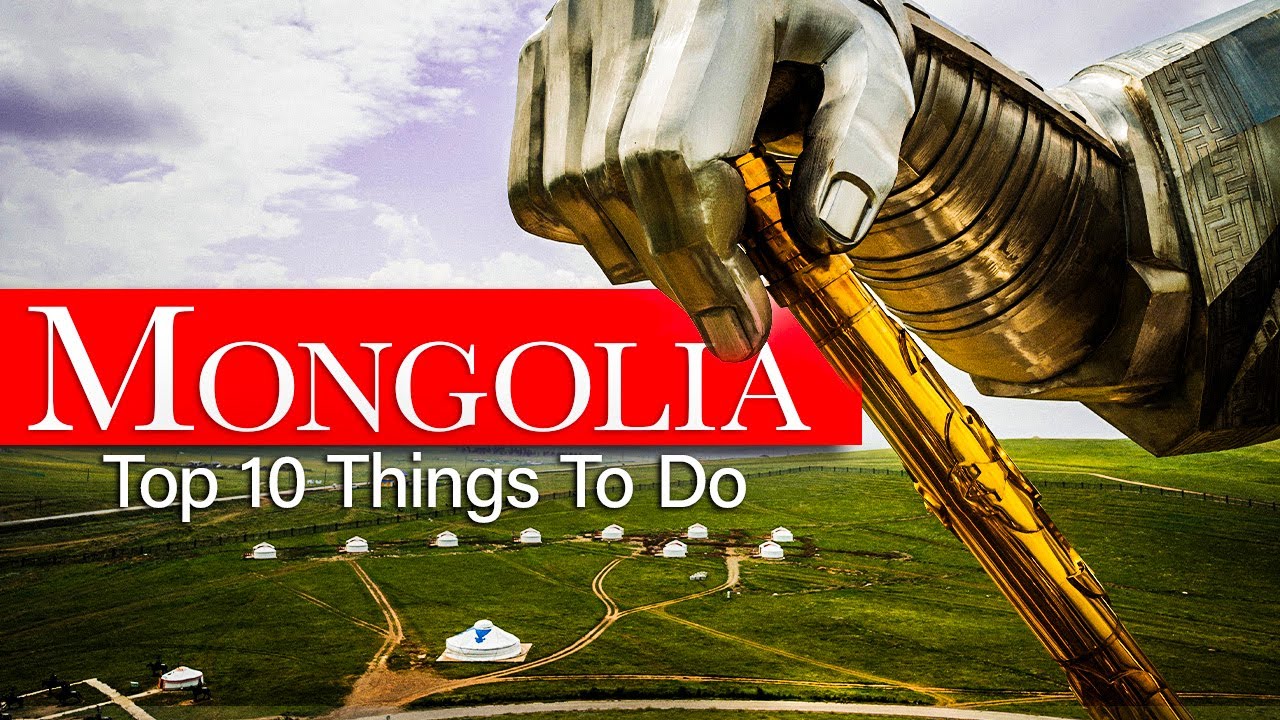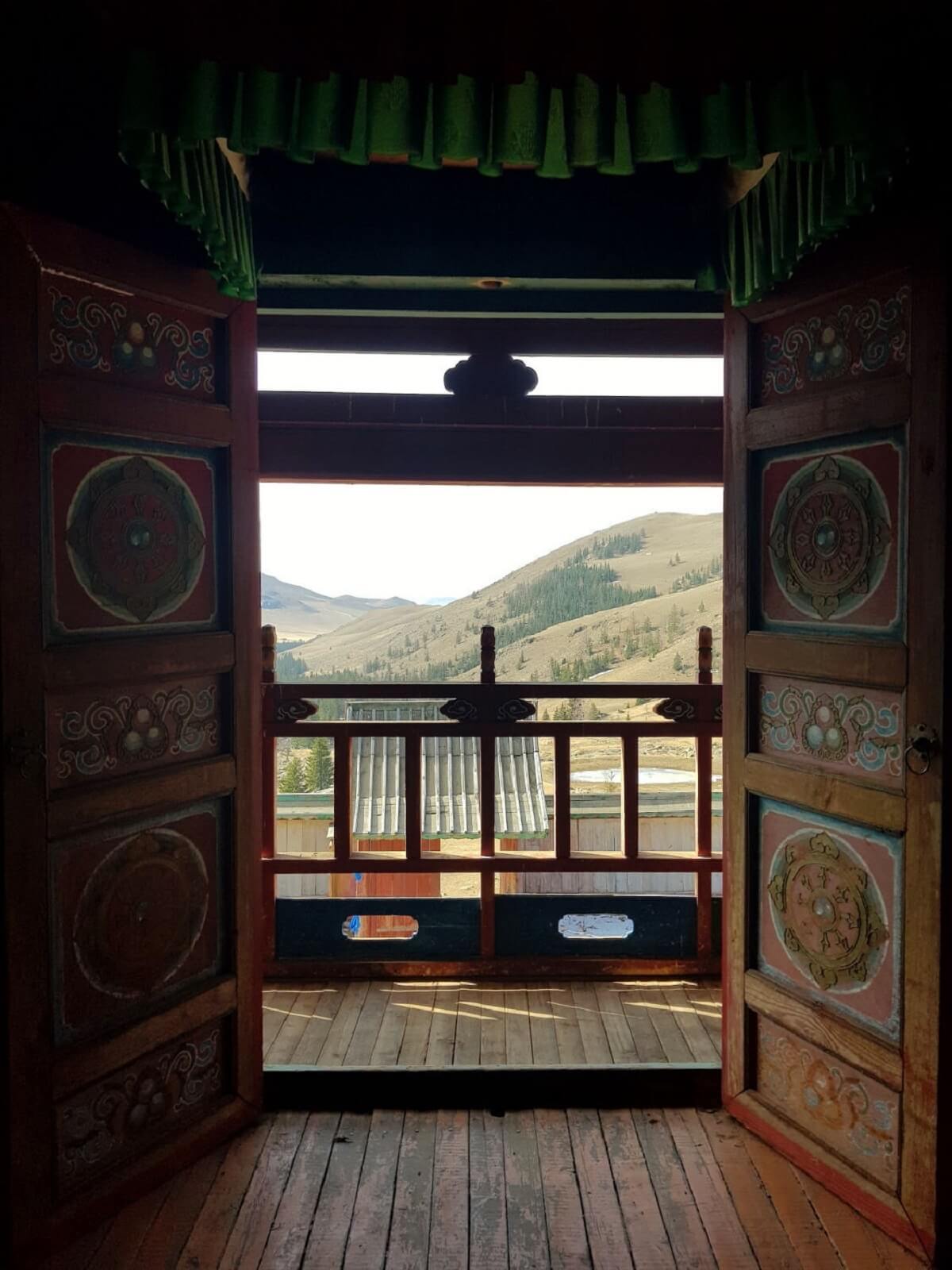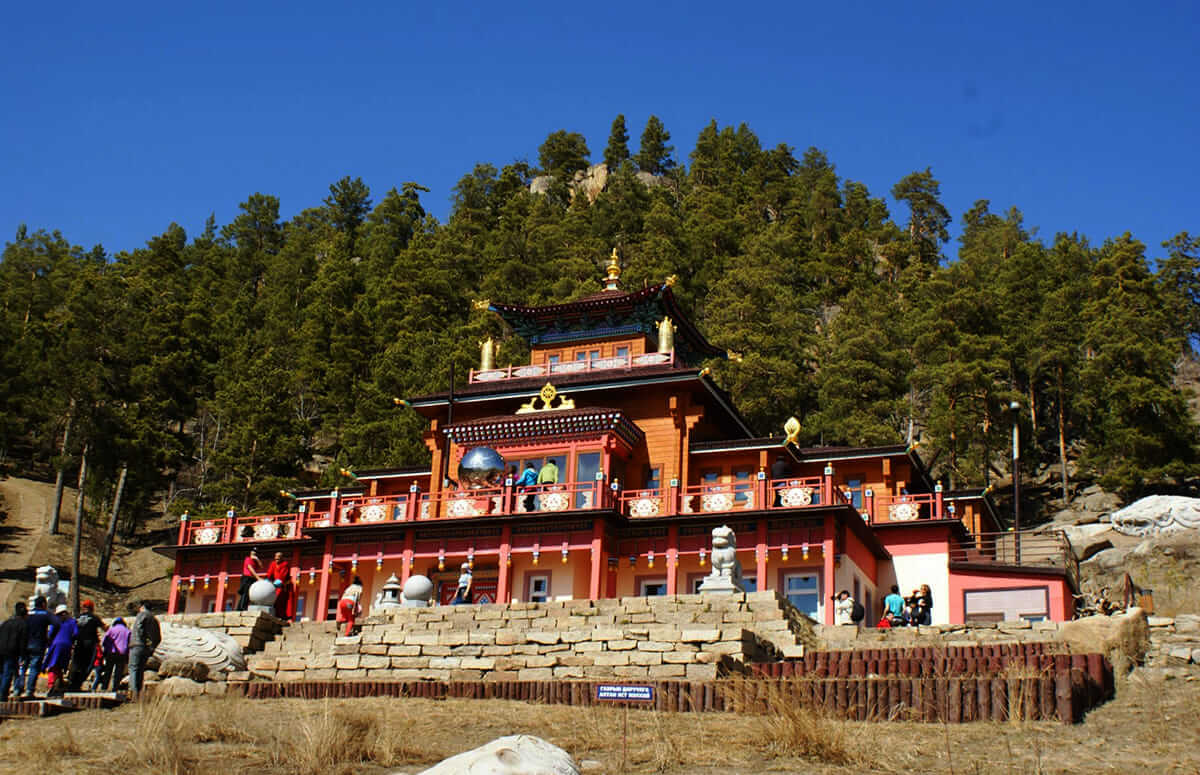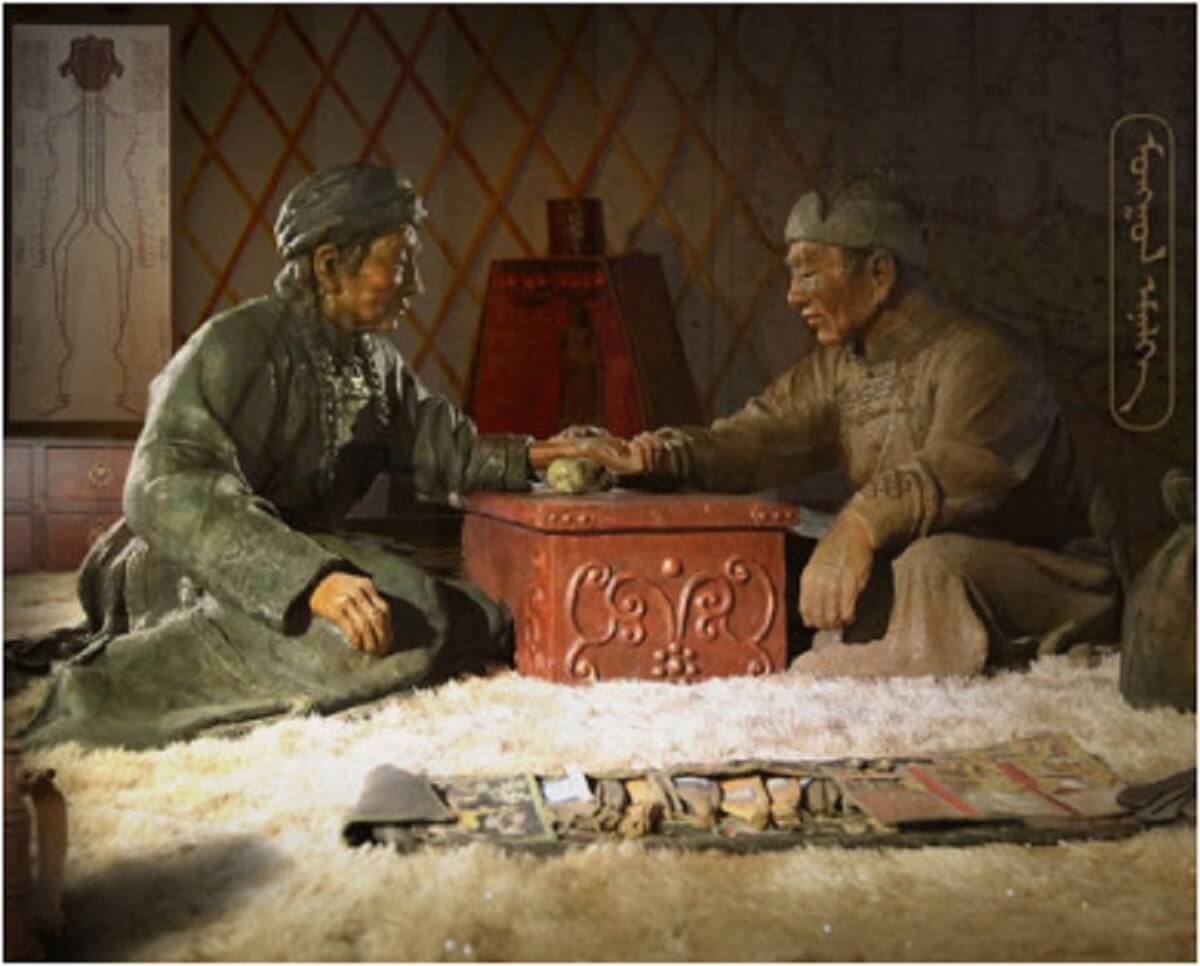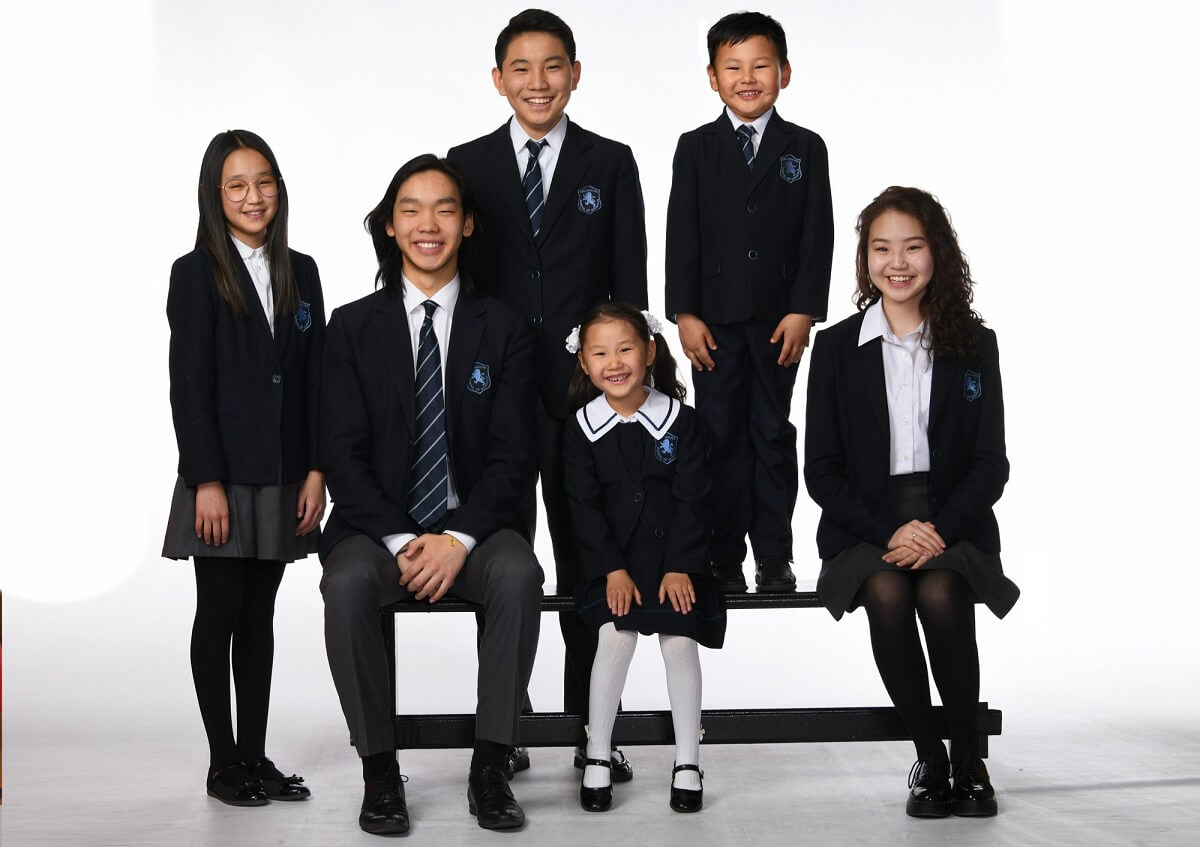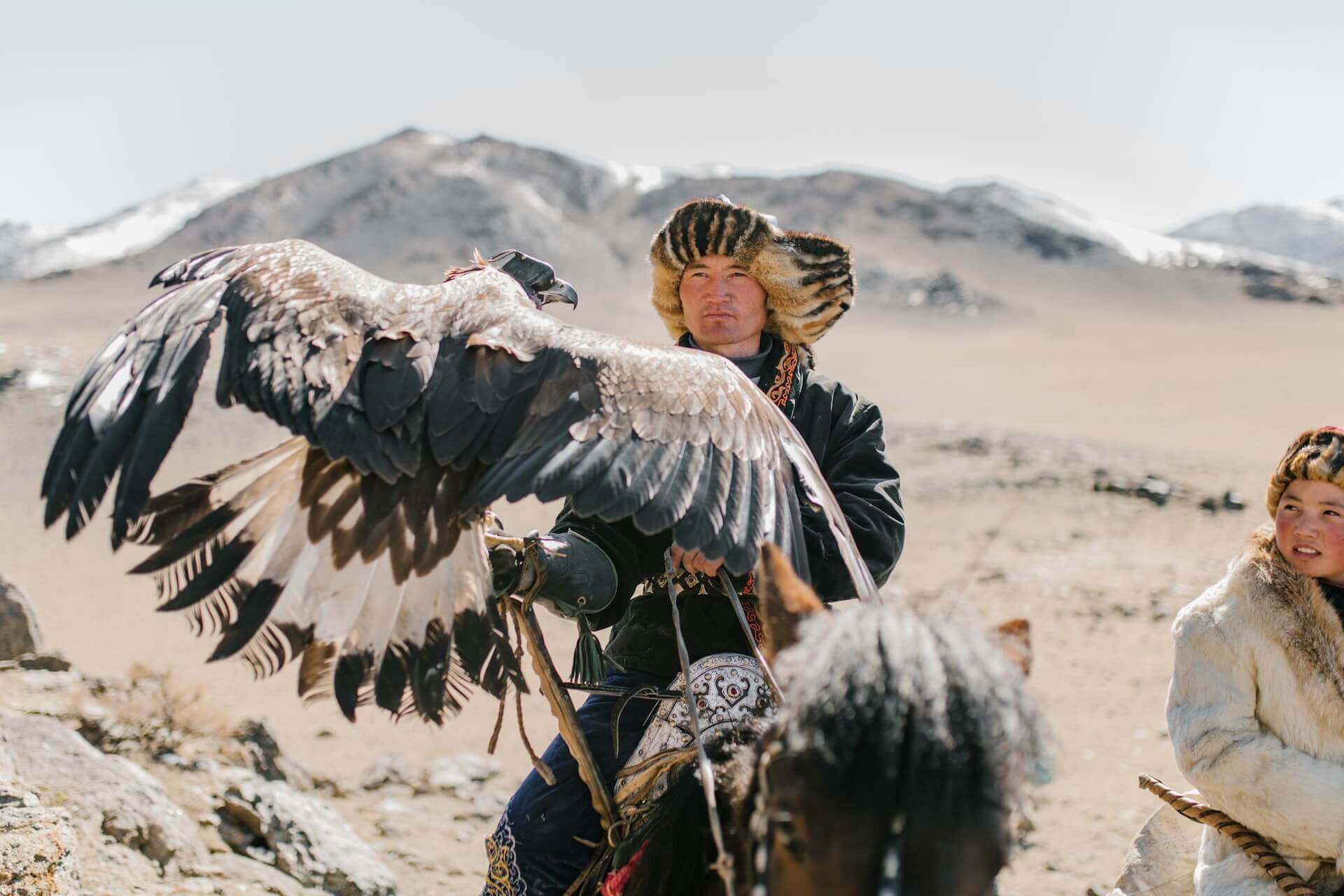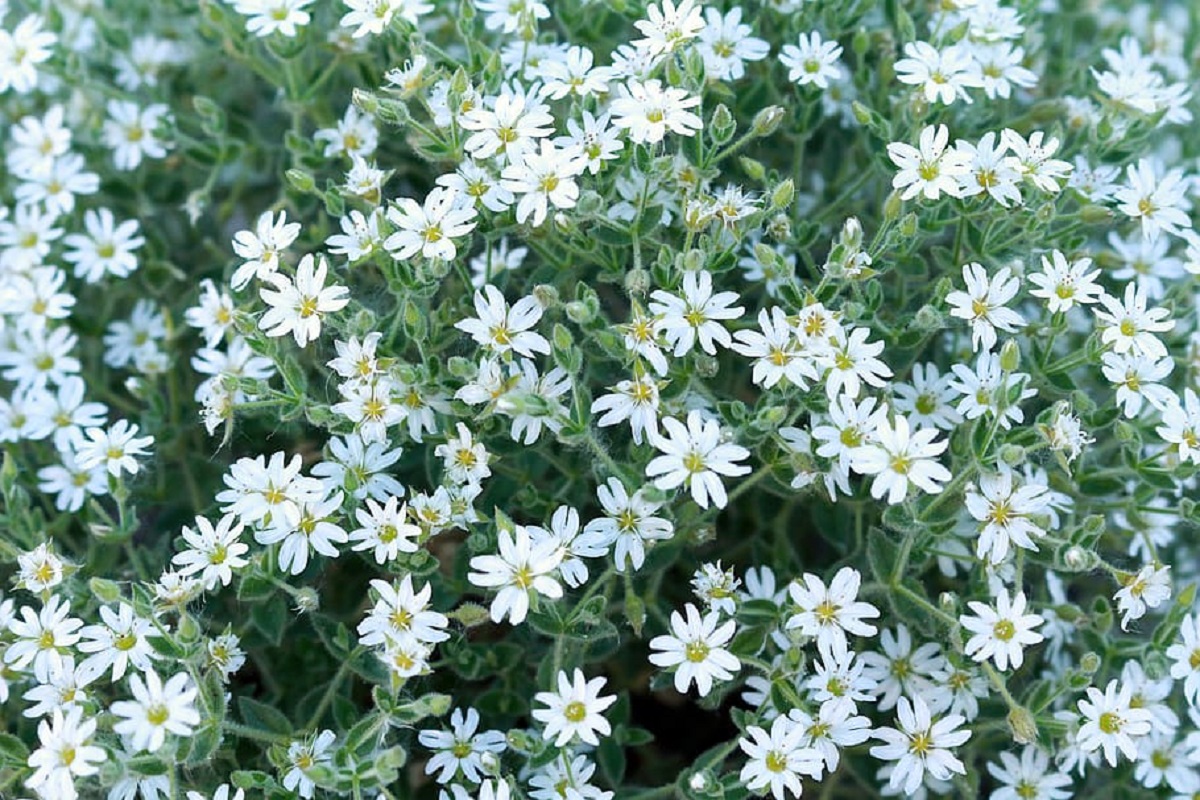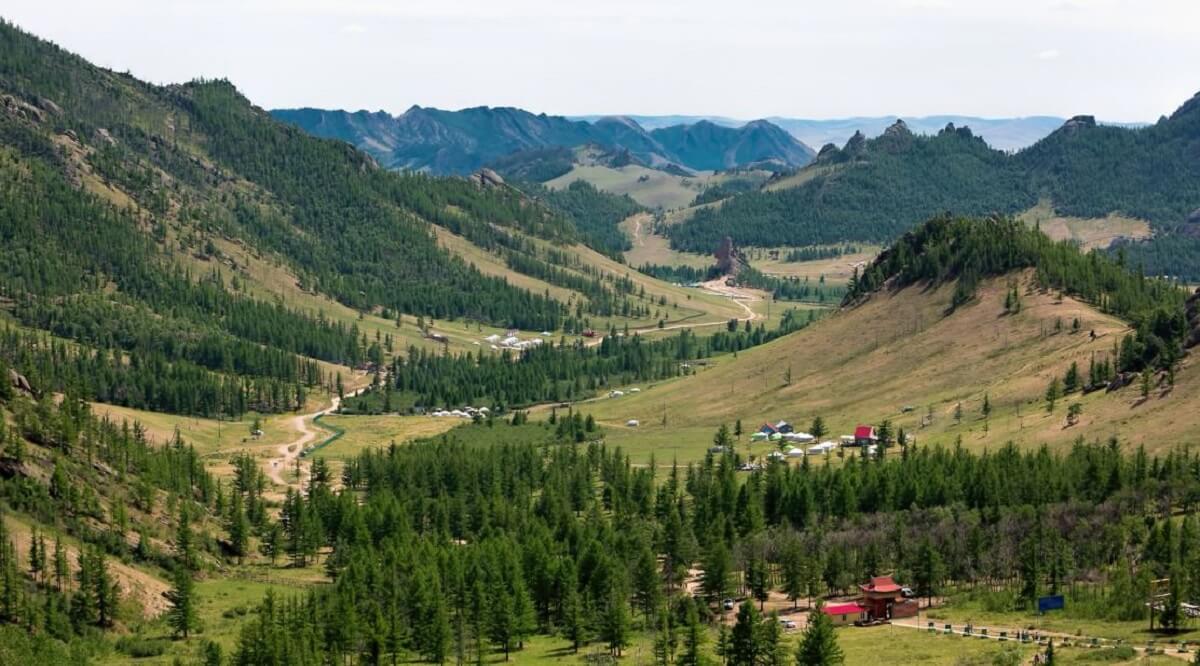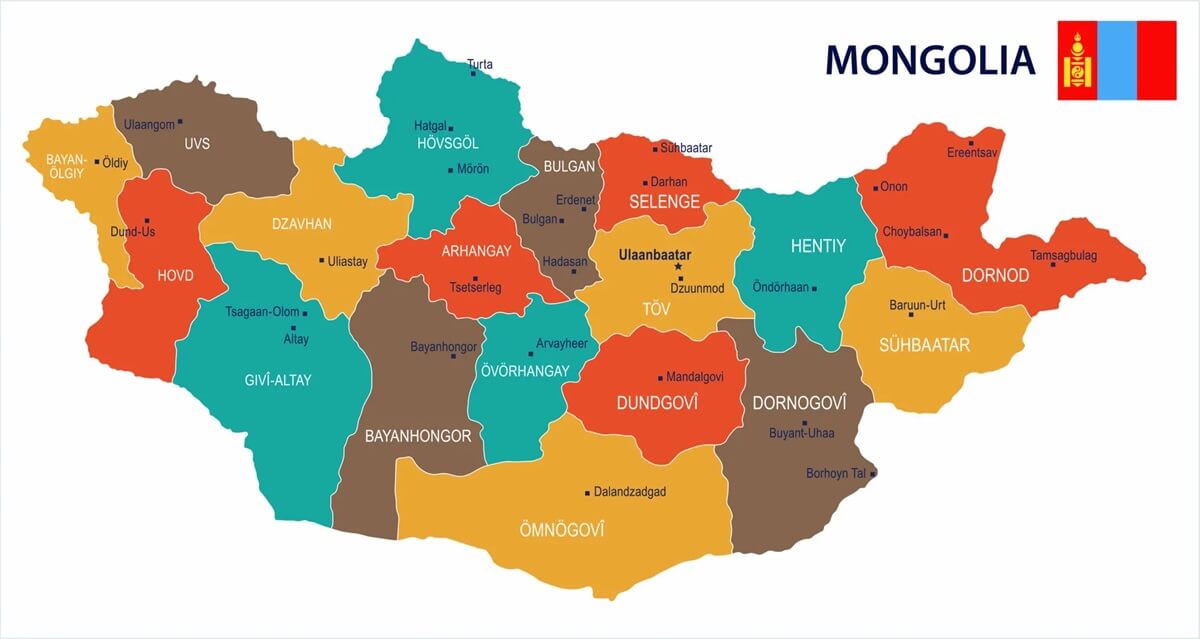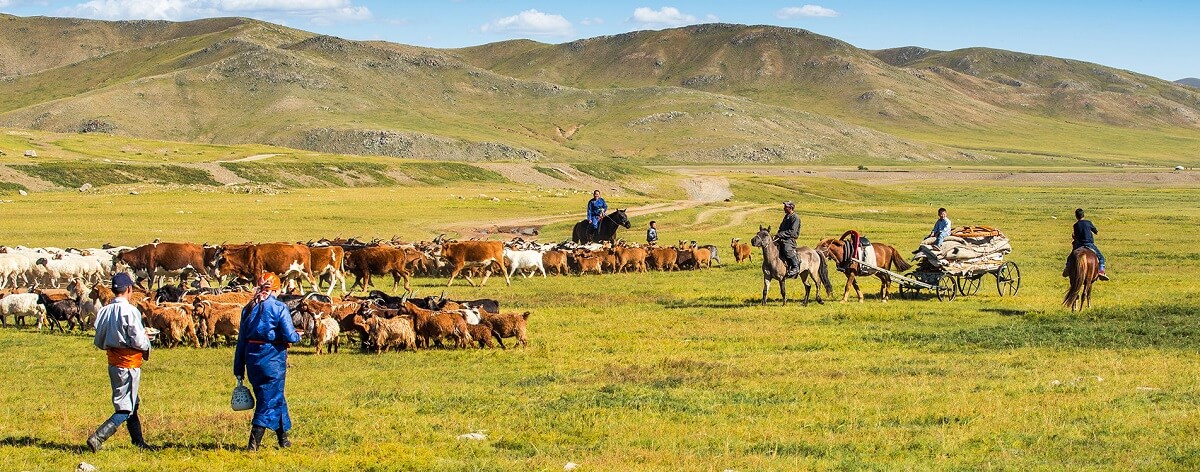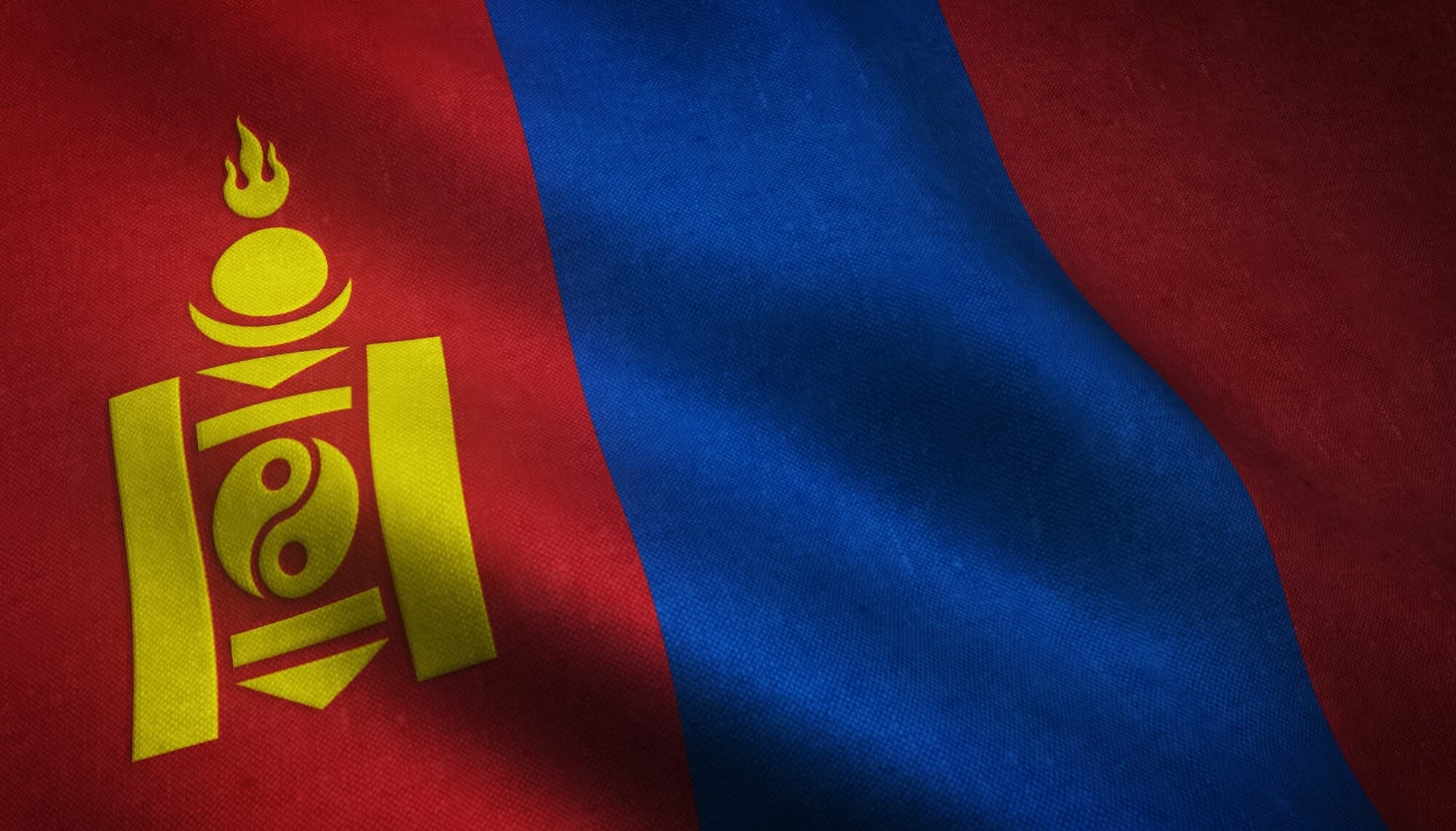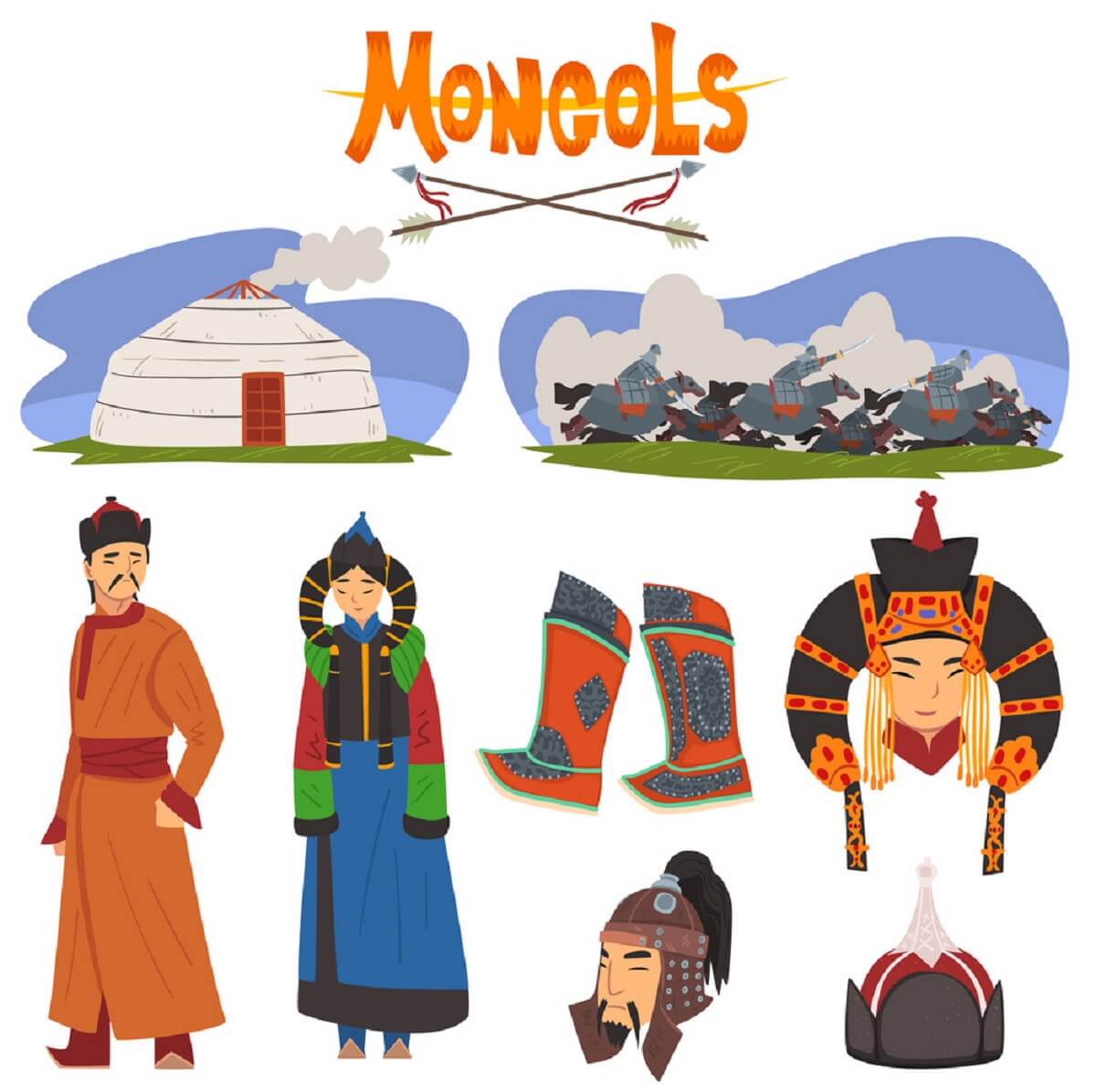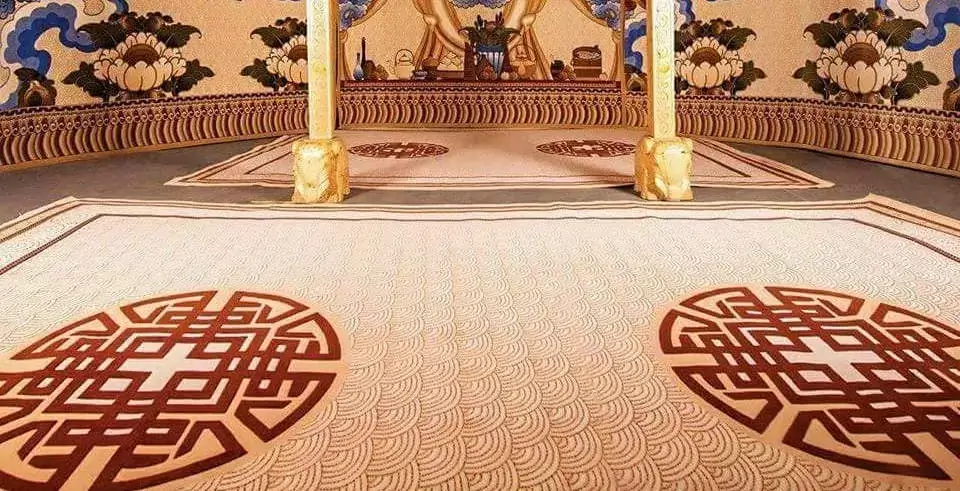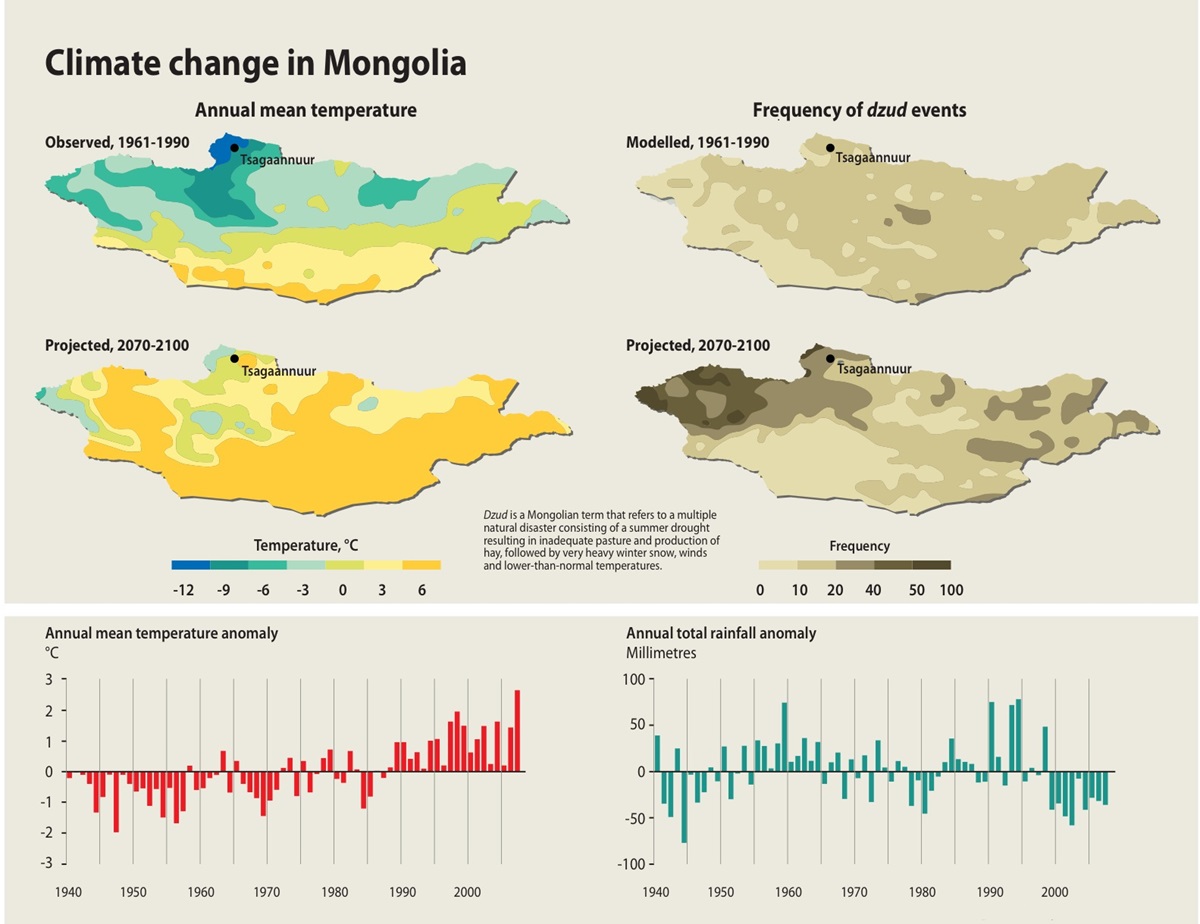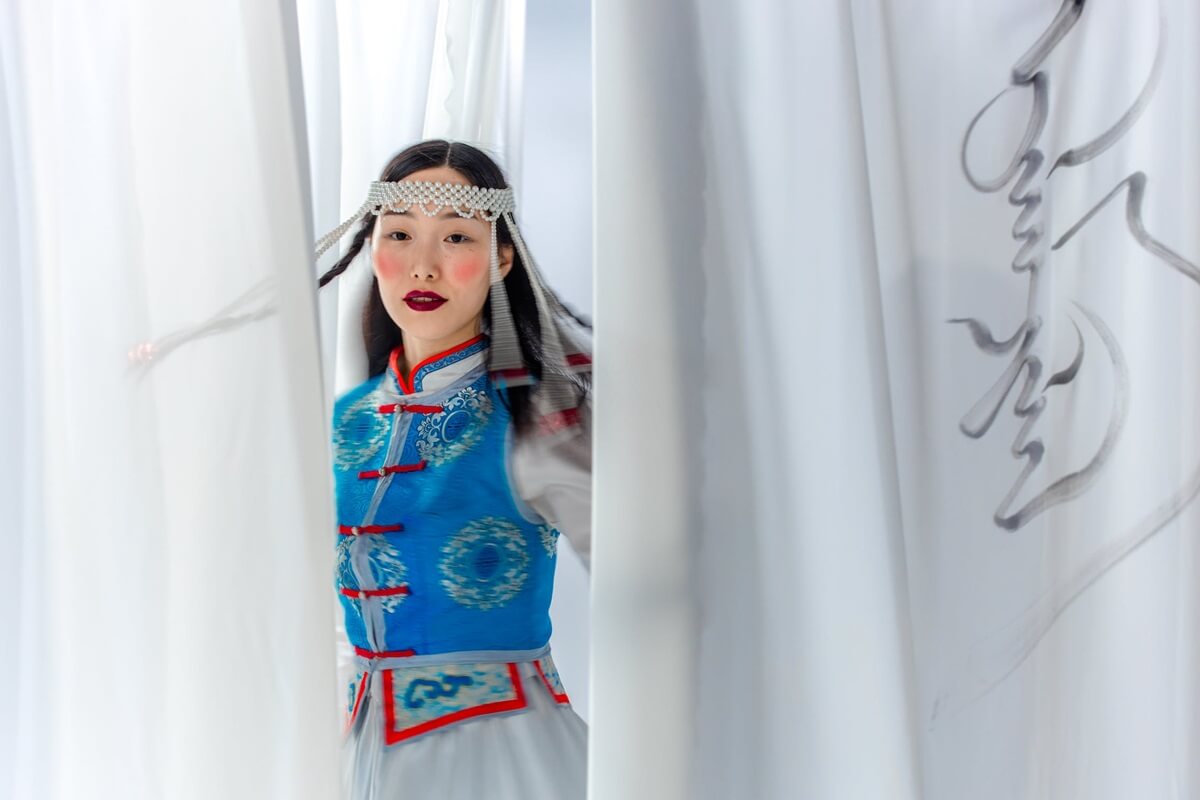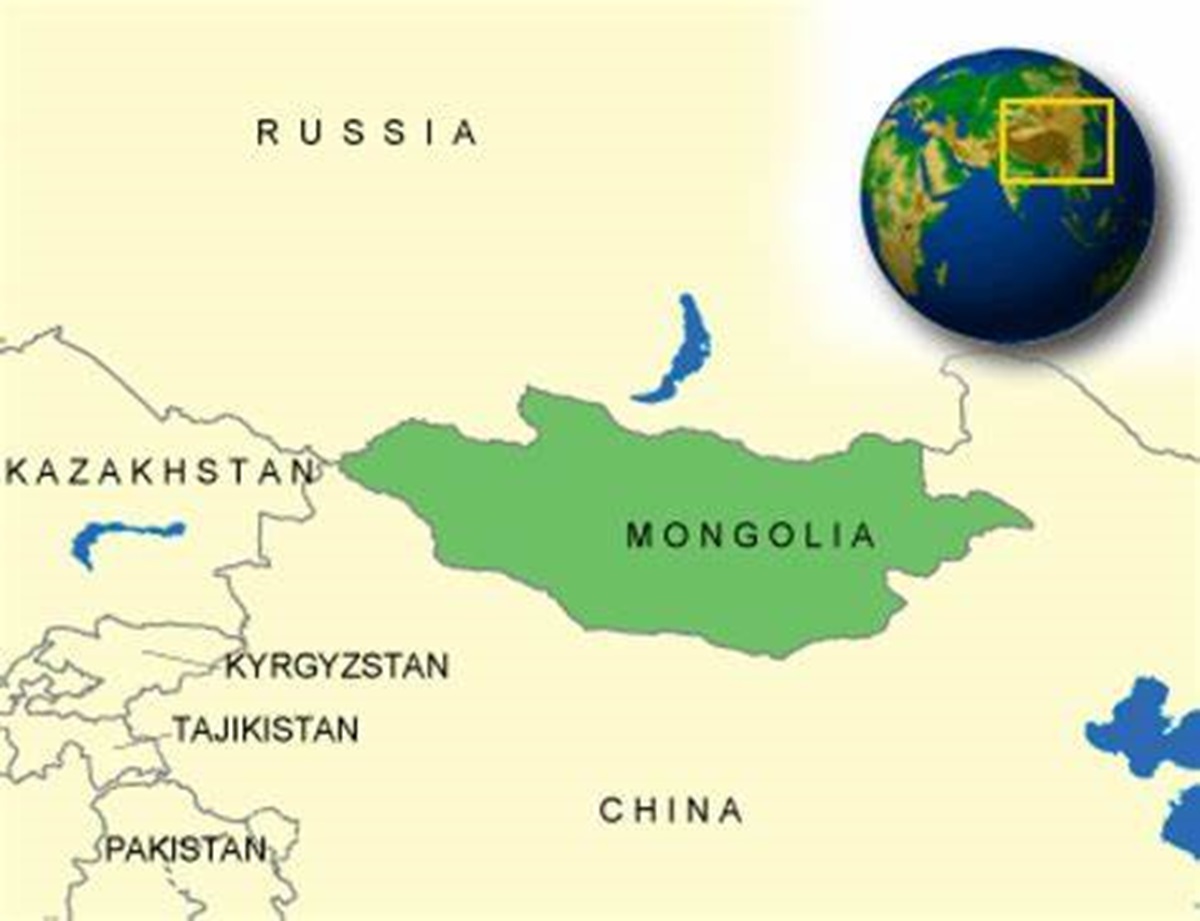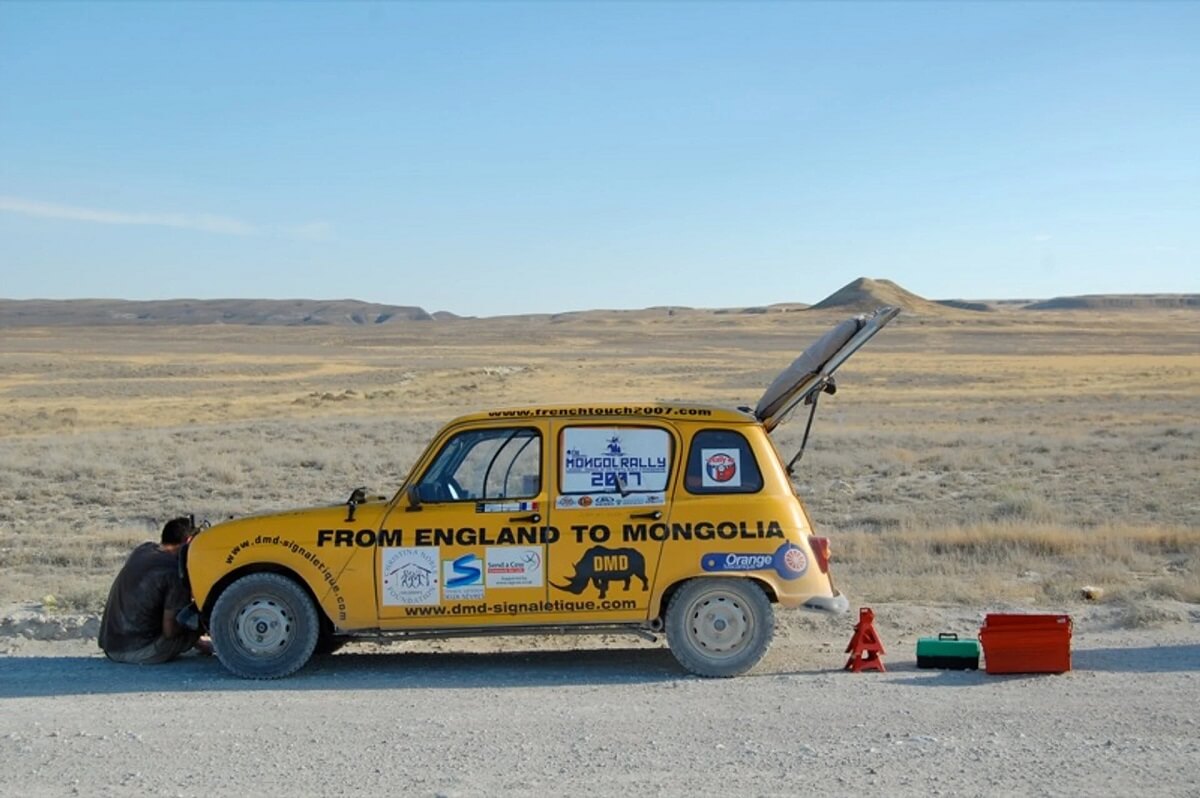Mongolian custom: Understanding Mongolian Culture in Mongolia
Mongolia is a land of vast landscapes, rich history, and deep-rooted traditions. Mongolian literature, encompassing oral and written traditions like heroic epics and historical chronicles, reflects the Mongolian identity and heritage shaped by its nomadic culture, religious beliefs, and historical events. For travelers and expats, adapting to the local customs can be both exciting and challenging. The nomadic lifestyle, unique customs, and social norms might be vastly different from what many are accustomed to. This guide will help you navigate these cultural shocks and embrace the Mongolian custom with confidence.
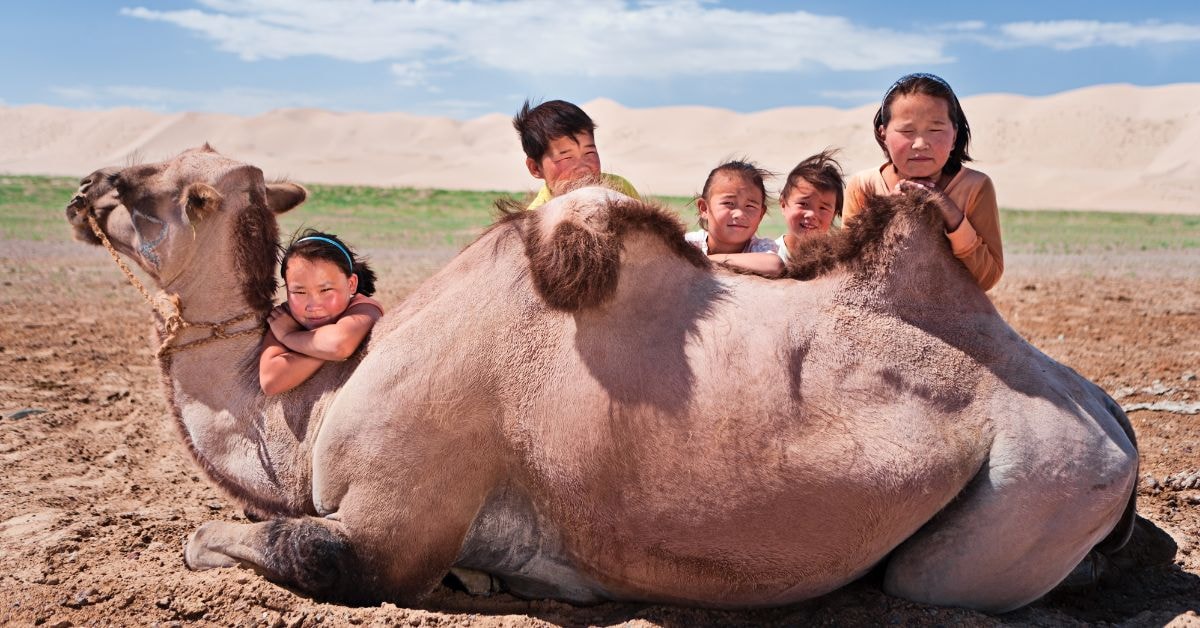
Common Culture Shocks and How to Adapt
1. Hospitality and Social Norms
One of the first cultural aspects that surprises visitors is hospitality of the people. Strangers are warmly welcomed into homes, often offered food and drinks without hesitation. However, declining an offer may be seen as impolite. To adapt, accept offerings with gratitude and at least take a small bite or sip to show respect. Additionally, guests are often expected to bring small gifts such as tea or sweets when visiting a local home.
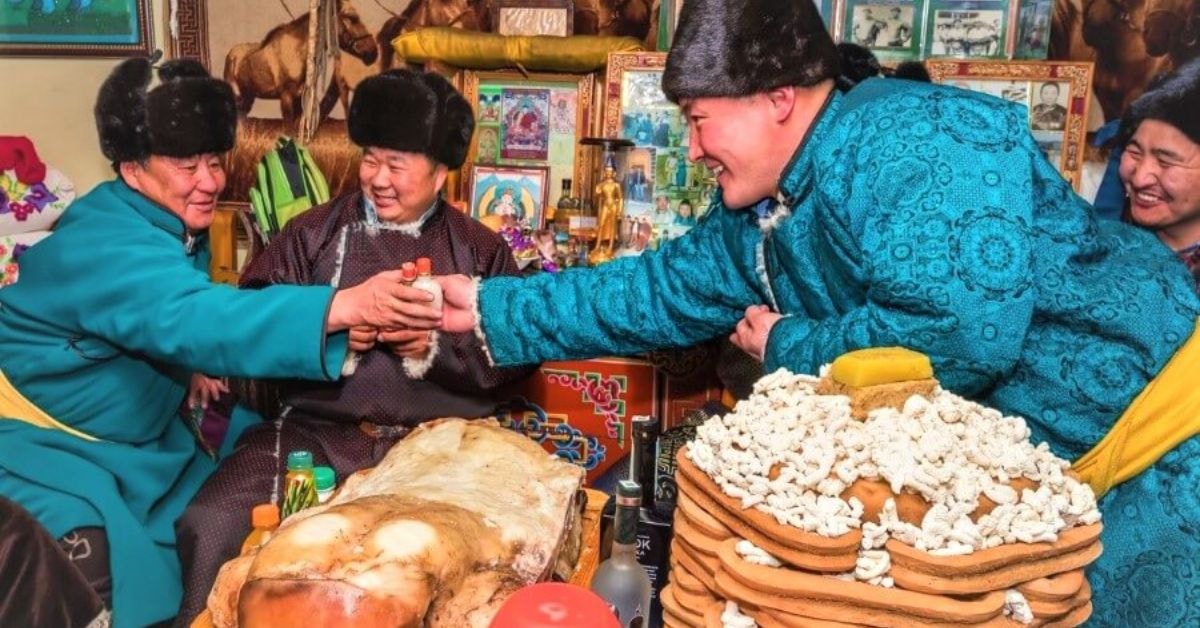
2. Traditional Mongolian Food and Daily Life
Food plays a significant role in Mongolian culture and customs. The diet is heavily meat-based, with dishes such as buuz (steamed dumplings), khorkhog (Mongolian BBQ), and airag (fermented mare’s milk) being staples. If you’re not used to dairy-heavy or high-protein diets, adjusting might take time. Start with small portions and gradually introduce traditional dishes into your meals. Mongolian tea, known as suutei tsai, is a salty milk tea often served alongside meals and is an essential part of hospitality.
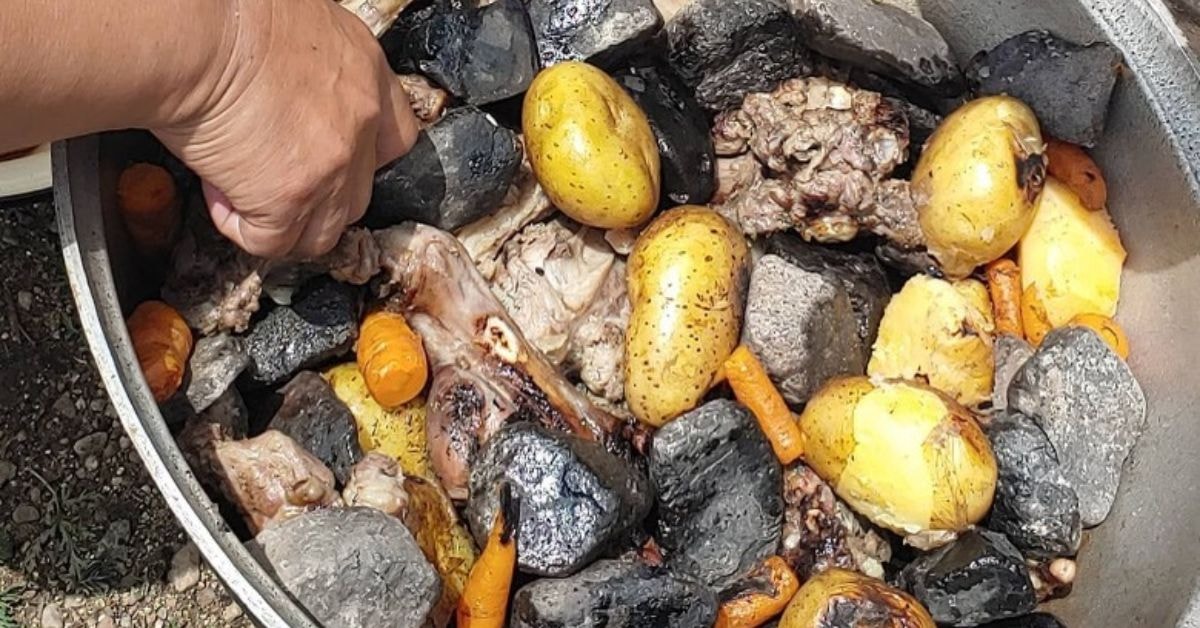
People of Mongolia value respect and hierarchy, especially when greeting elders. Handshakes are common, but using both hands or left hand supporting your right hand or right elbow shows additional respect. This gesture is also used when giving or receiving items, demonstrating deep politeness and deference. Also, never point your feet at someone, as it is considered rude and disrespectful. Furthermore, they have a deep respect for nature, and certain taboos exist, such as avoiding stepping on a threshold when entering a ger.
3. Adapting to Mongolia’s Climate and Nomadic Traditions
Mongolia experiences extreme climate conditions, from freezing winters to scorching summers. Dressing appropriately is key to overcoming this cultural shock. Layers, high-quality winter gear, and hydration are crucial for adapting to the Mongolian environment. It is also common for people to carry snuff bottles, a traditional greeting custom where individuals exchange small amounts of powdered tobacco as a sign of respect.
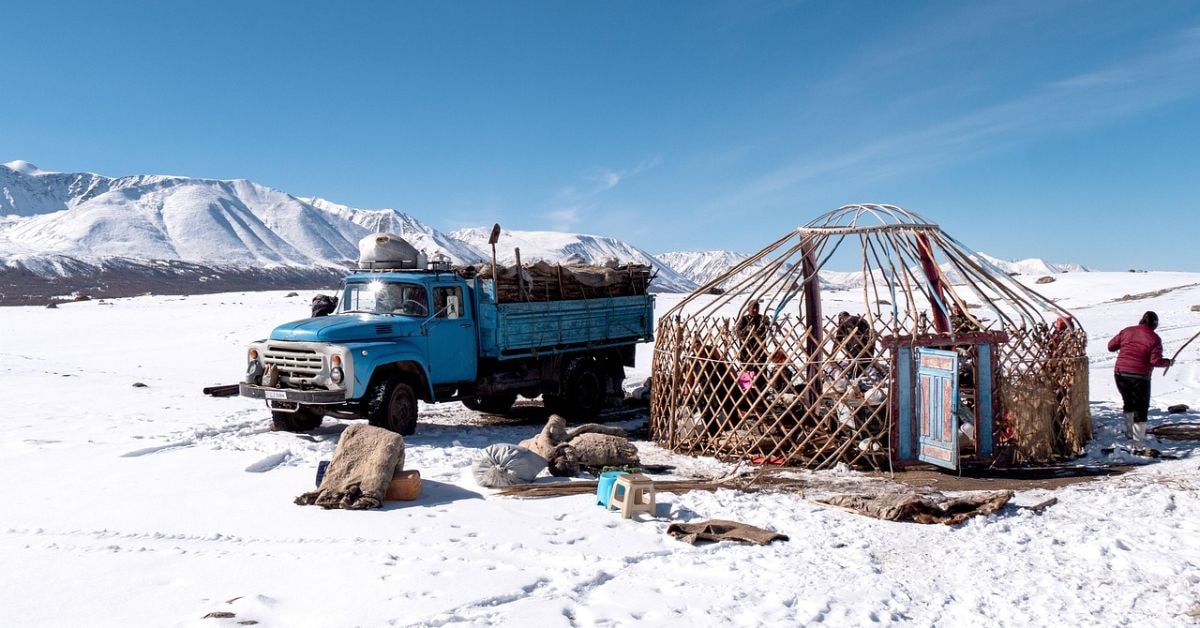
Nomadism is a fundamental part of Mongolian custom. Unlike urban lifestyles, Mongolian nomads live in gers (yurts) and move seasonally with their livestock. Understanding and respecting local people ‘s way of living is essential when visiting the countryside. If you stay with a nomadic family, follow their customs, such as entering a Mongolian ger with your right foot first and never whistling indoors. Additionally, the head of the household is usually served first during meals, highlighting the respect for hierarchy in Mongolian culture.
The Influence of the Mongol Empire and Spiritual Beliefs
The Mongol Empire, founded by Genghis Khan, still influences modern Mongolian identity. The establishment of the Mongolian People’s Republic under Soviet influence after gaining independence from China in 1921 significantly impacted the country’s political, social, and cultural landscape, including the promotion of socialist realism in art. Many customs, including respect for warriors, deep-rooted national pride, and equestrian skills, stem from this historical era. To appreciate Mongolian custom, visit museums, historical sites, and learn about the empire’s impact on the world. The Naadam Festival, an annual event featuring horse racing, wrestling, and archery, traditional music celebrates this historical legacy. Mongolian music, particularly throat singing (Khoomei) and long songs (Urtiin duu), has roots in the empire’s era and is deeply tied to shamanistic and Buddhist ancient traditions.
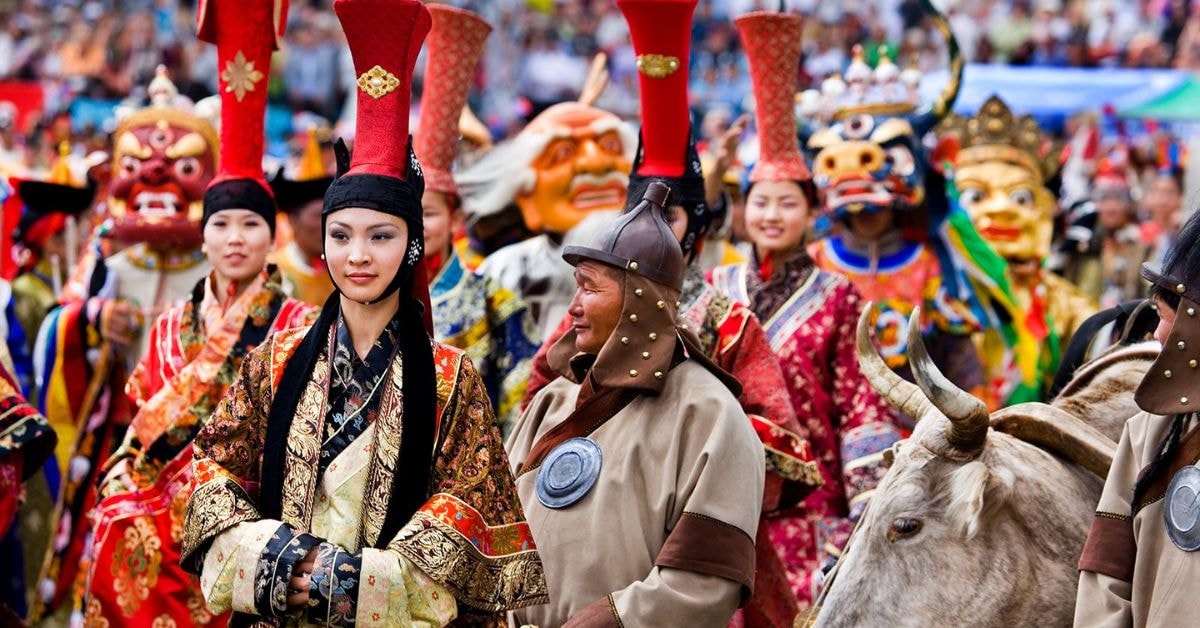
Mongolia has a blend of Buddhism, Shamanism, and Tengrism, which shape the spiritual lives of many locals. Temples, monasteries, and ovoos (sacred stone heaps) can be found throughout the country. Visitors are encouraged to participate in respectful gestures, such as walking clockwise around sacred sites and making small offerings. People of Mongolia traditionally were afraid of misfortunes and believe in good and evil omens. Misfortune might be attracted by talking about negative things or by persons that are often talked about. Before going out at night, children’s foreheads are sometimes painted to resemble a rabbit’s to deceive evil spirits.
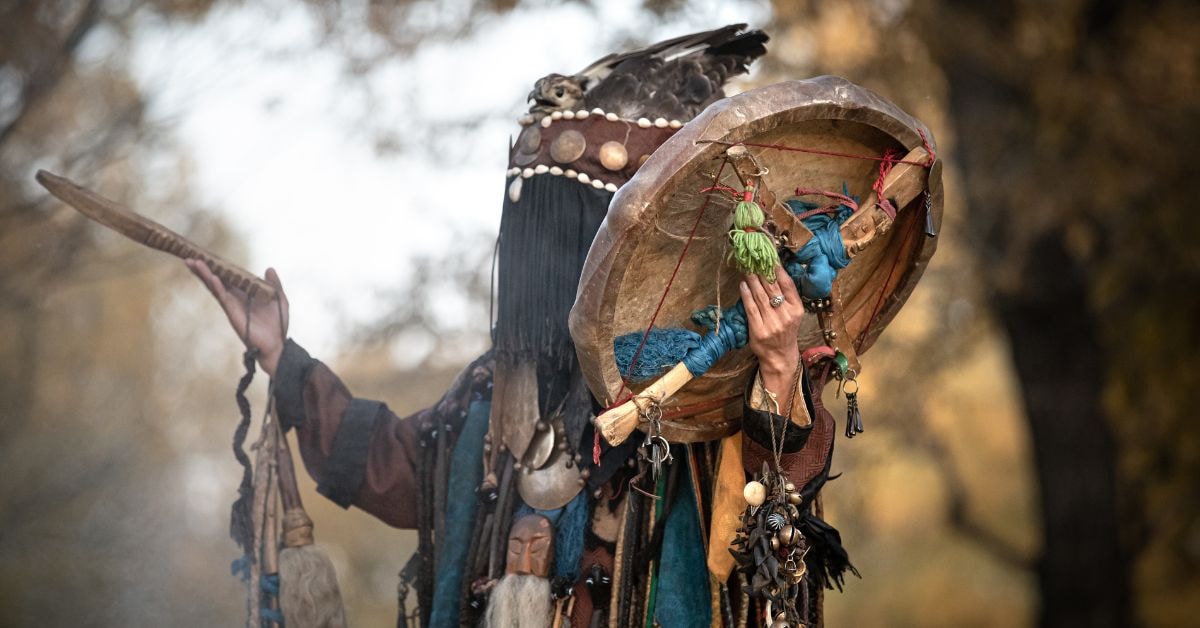
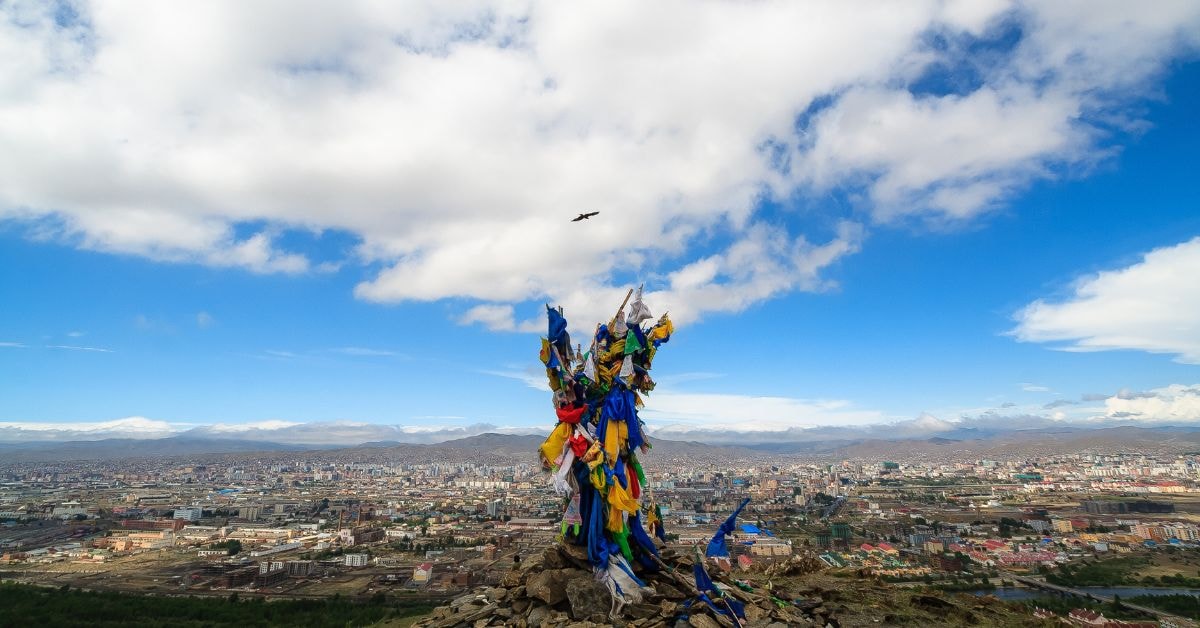
Overcoming Language Barriers and Embracing Mongolian Hospitality
While younger generations are learning English, Mongolian remains the dominant language. Learning basic Mongolian phrases can help you navigate social situations more comfortably. Start with simple greetings like “Sain baina uu?” (Hello) and expressions of gratitude like “Bayarlalaa” (Thank you). Additionally, people of Mongolia have unique expressions that reflect their nomadic roots, such as “Sain suuj baina uu?” which translates to “Are you living well?”
Mongolian hospitality is often extended beyond homes and into the daily interactions with locals. Travelers will notice that people are eager to help, whether offering directions or engaging in small talk even in their own language. Accepting their warmth and generosity enhances your cultural experience and fosters deeper connections with the people of Mongolia. Note: Mongolian government has implemented language policies and cultural preservation efforts to maintain Mongolian identity.
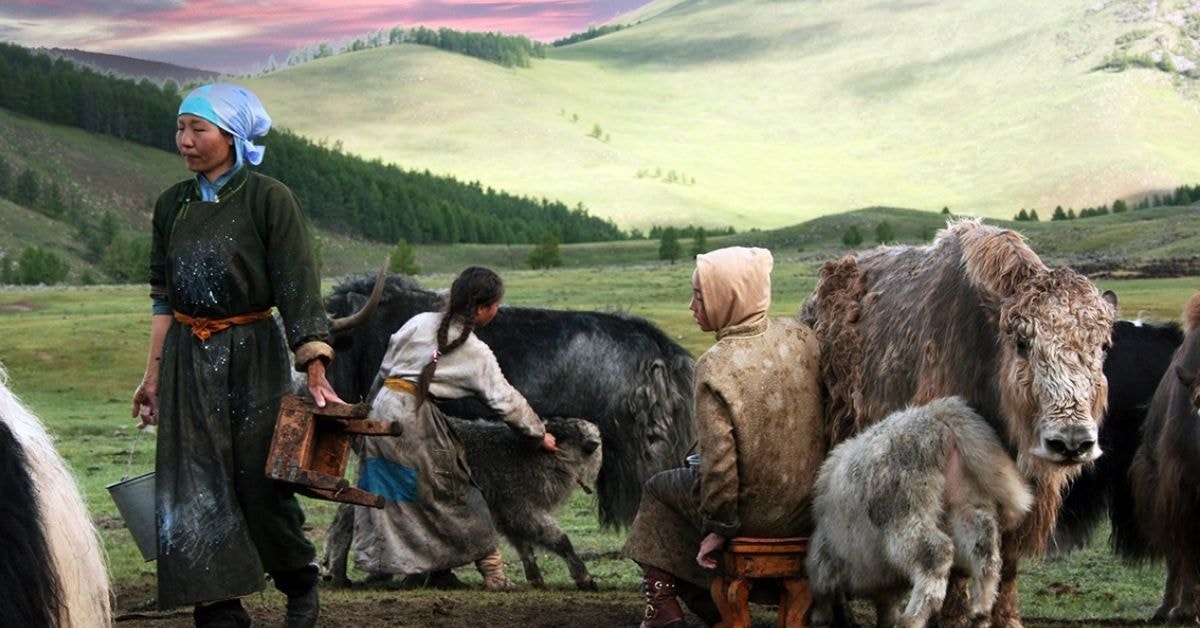
Embracing the Mongolian Spirit of Adventure
Beyond cultural norms, Mongolia offers an adventurous lifestyle that draws thrill-seekers from around the world. From horseback riding across the steppes to camel trekking in the Gobi Desert, immersing yourself in these traditional activities provides a deeper appreciation of Mongolian custom. Adventure is ingrained in the Mongolian way of life, and embracing it will enrich your journey through this extraordinary country.
Exploring Mongolian Art and Music
Mongolian art and music are an integral part of the country’s cultural heritage, reflecting its rich history and nomadic traditions. Traditional Mongolian music is characterized by the use of unique instruments such as the morin khuur (horse-headed fiddle) and the shanz (a type of flute). The morin khuur, with its distinctive horse-head carving, is considered one of the most important instruments in Mongolian music and is often used in traditional songs and dances, embodying the spirit of the steppes.
Another fascinating aspect of Mongolian music is throat singing, or Khoomei, a unique vocal technique that allows singers to produce multiple pitches simultaneously. This technique, deeply rooted in the nomadic lifestyle, is used in traditional Mongolian songs and is considered an important part of the country’s cultural heritage. Throat singing, along with long songs (Urtiin duu), creates a mesmerizing auditory experience that connects listeners to the vast landscapes and ancient traditions of Mongolia.
In addition to traditional music, Mongolia has a vibrant modern music scene. Many Mongolian musicians have gained international recognition for their unique blend of traditional and modern styles, creating a dynamic and evolving musical landscape.
Mongolian art is also highly valued, with traditional crafts such as woodcarving, metalworking, and embroidery being passed down from generation to generation. These crafts reflect the ingenuity and creativity of Mongolian artisans. The country is also home to many modern artists who are pushing the boundaries of traditional Mongolian art, creating works that resonate with both local and global audiences.
Celebrating Mongolian Festivals and Traditions
Mongolia’s rich cultural heritage is celebrated through numerous festivals and traditions throughout the year. One of the most important and vibrant festivals is the Naadam Festival, held annually in July. This festival, often referred to as the “Three Manly Games,” features traditional Mongolian sports such as archery, horse racing, and wrestling. These events are not only a display of physical prowess but also a celebration of Mongolia’s historical and cultural legacy. The festival is accompanied by traditional music and dance performances, adding to the festive atmosphere.
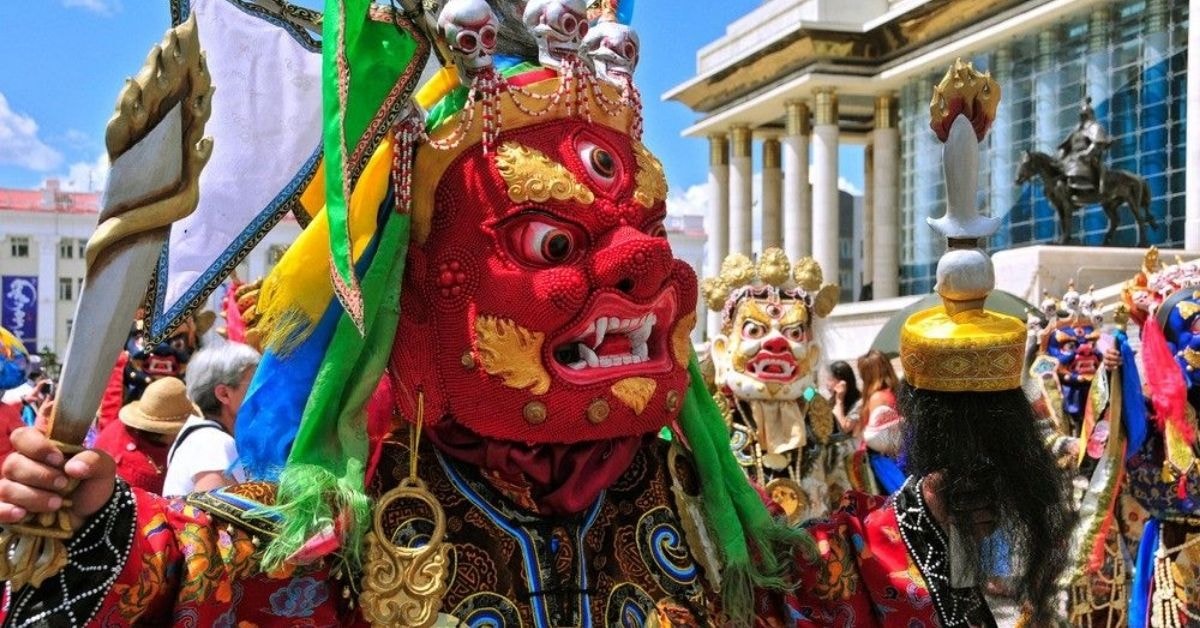
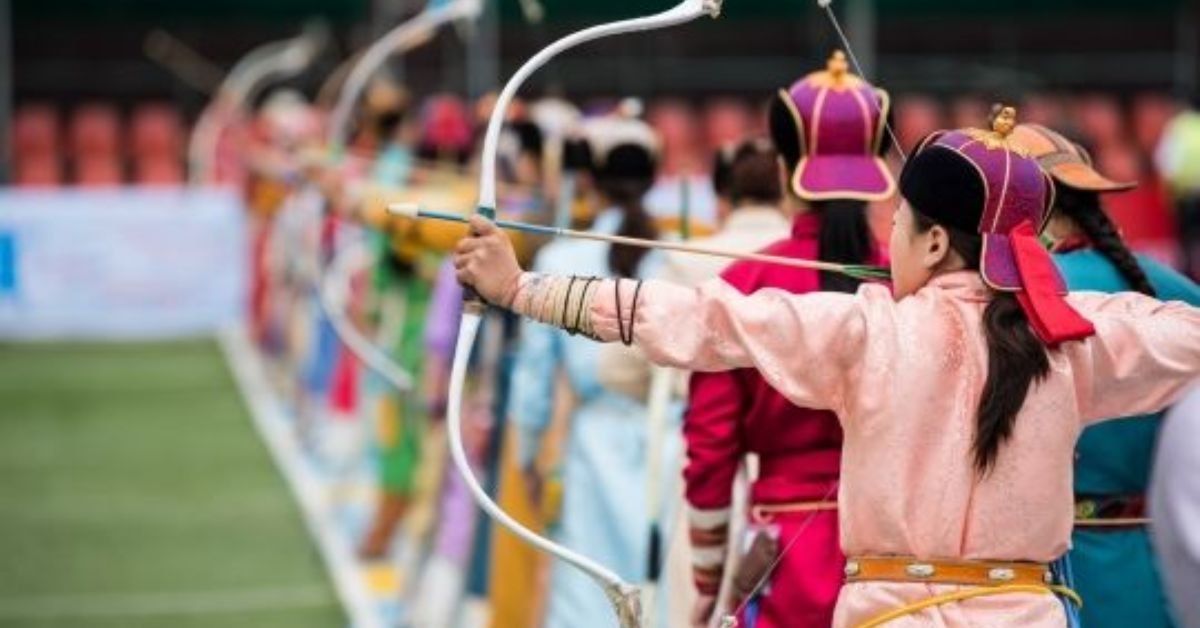
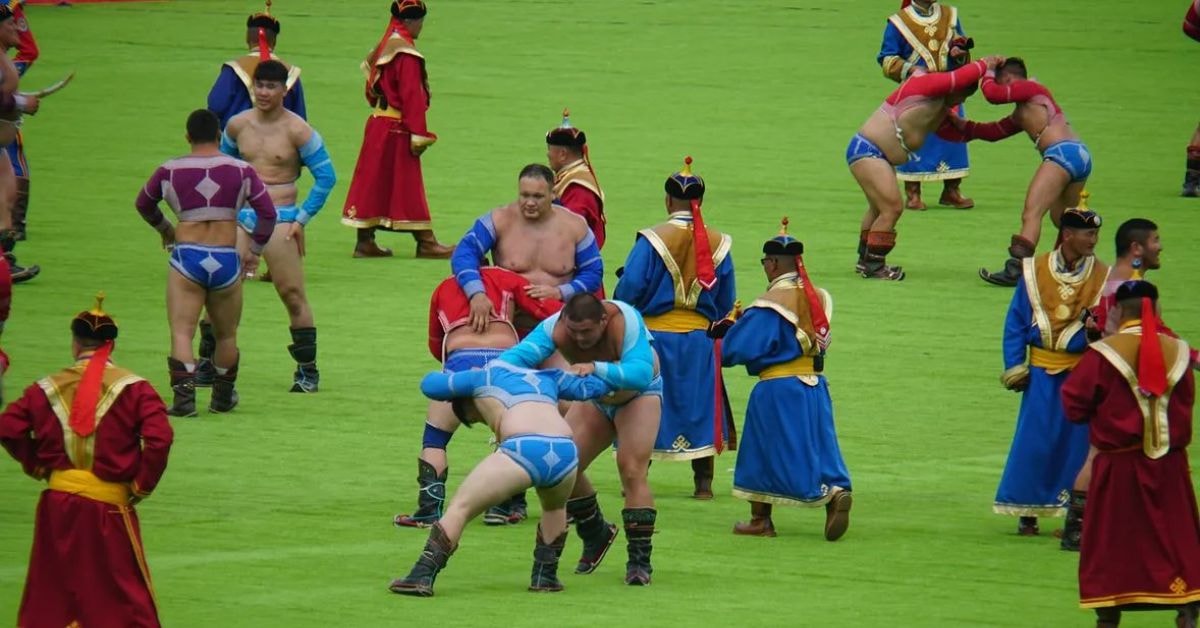
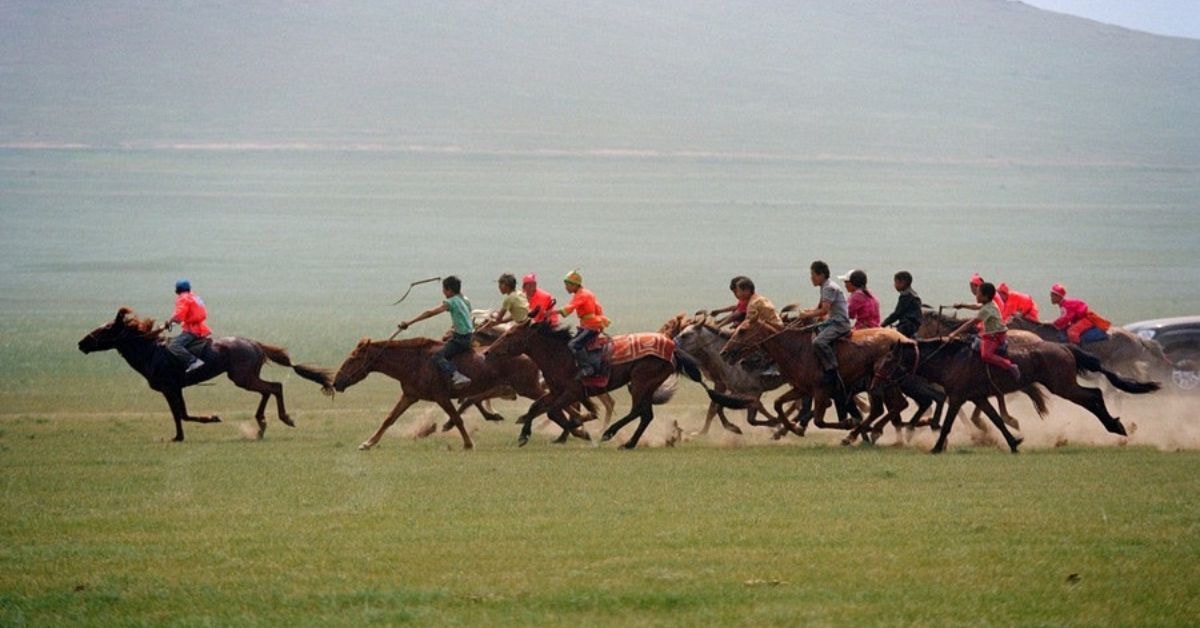
Another significant festival is Tsagaan Sar, the Mongolian New Year, celebrated in February. Tsagaan Sar is a time for family reunions, feasting, and honoring ancestors. Traditional food, music, and dance performances are central to the celebrations, reflecting the deep-rooted customs and values of Mongolian society.
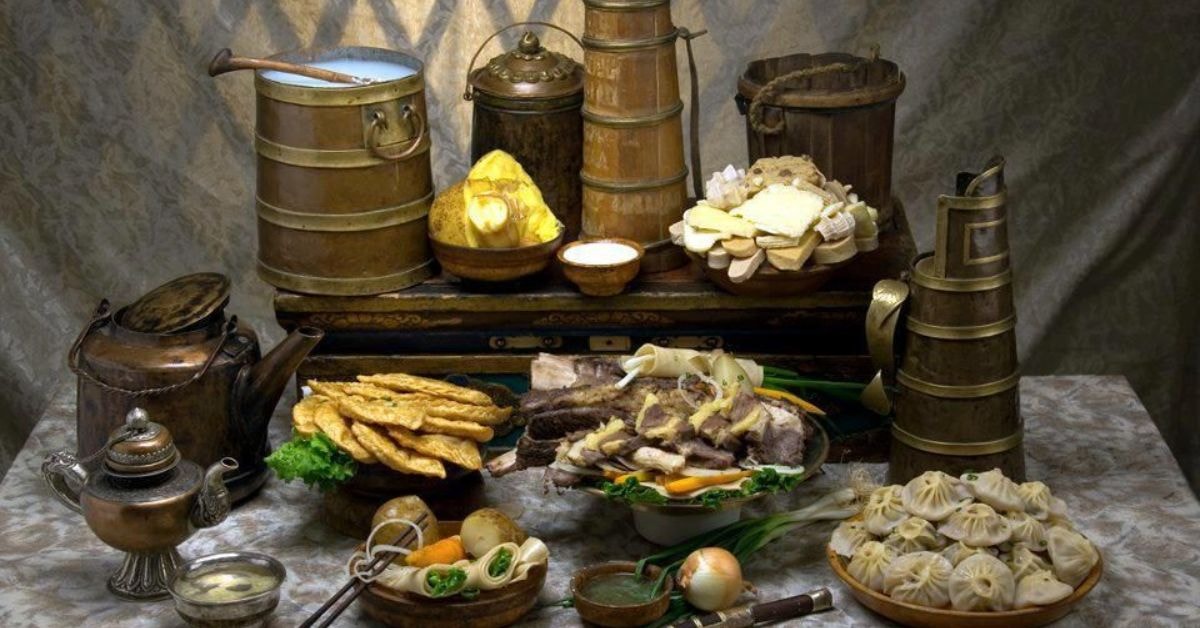
Traditional Mongolian clothing also plays a vital role in these celebrations. The deel, a long, loose-fitting robe worn by both men and women, is often adorned during special occasions. The deel is not only a symbol of cultural identity but also a practical garment suited to the nomadic lifestyle, providing warmth and comfort in Mongolia’s harsh climate.
Insights into Modern Mongolian Society
Modern Mongolian society is a unique blend of traditional and modern values, creating a dynamic and evolving cultural landscape. The country has a strong sense of national identity, with many people taking pride in their cultural heritage and the legacy of the Mongol Empire.
Despite rapid modernization, Mongolia remains deeply rooted in its traditional values. Tibetan Buddhism plays a significant role in the spiritual lives of many Mongolians, with temples and monasteries serving as centers of community life. The country also has a strong sense of community and respect for elders, reflecting the enduring influence of nomadic traditions.
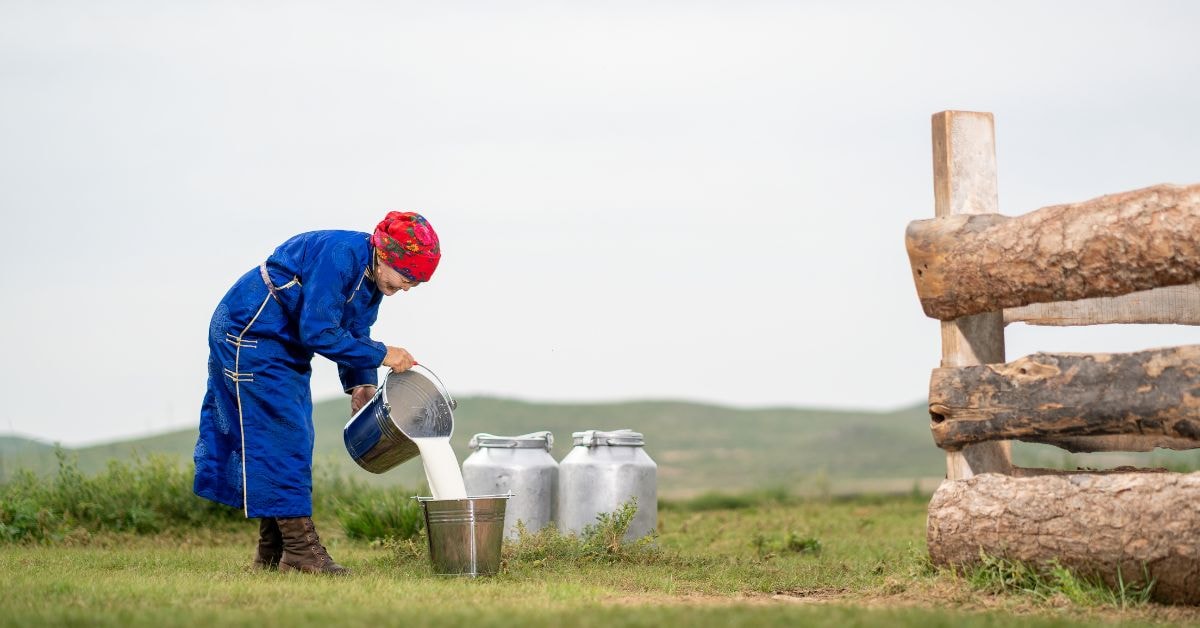
Mongolia’s economy is growing, offering many opportunities for education and employment. Young people are increasingly embracing Western values and lifestyles, contributing to the country’s modernization. However, this modernization is balanced with a deep respect for cultural heritage, ensuring that ancient traditions continue to thrive alongside contemporary developments.
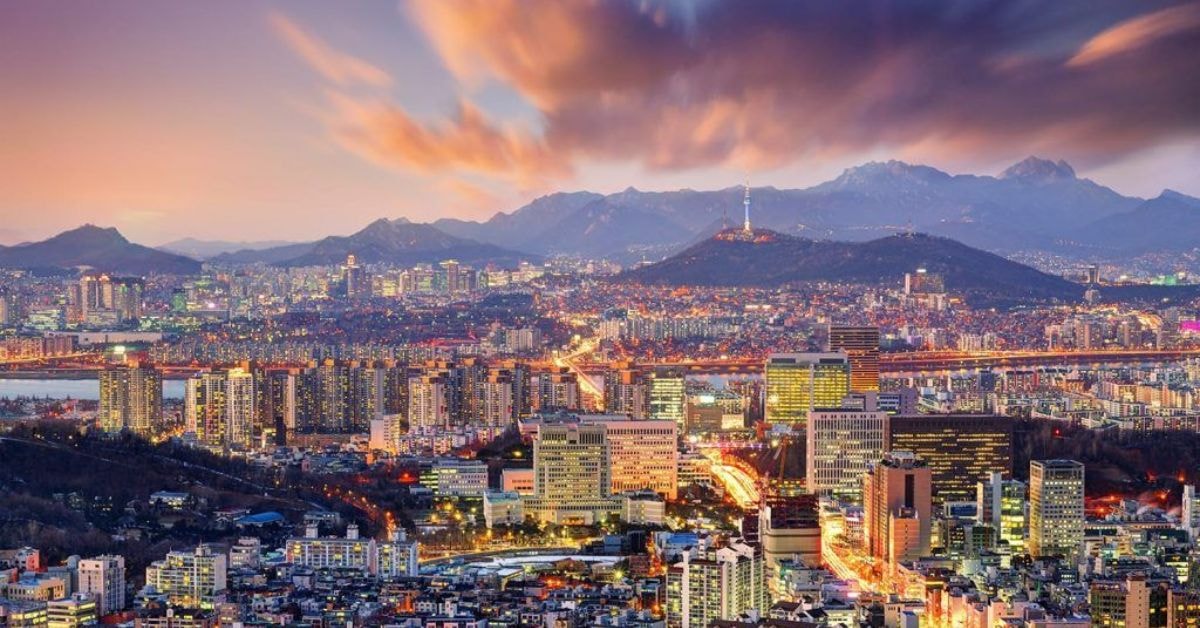
Overall, Mongolia is a country that is proud of its cultural heritage while also embracing the challenges and opportunities of the modern world. This unique blend of tradition and modernity makes Mongolia a fascinating and dynamic society, rich in cultural diversity and resilience.
Adapting to Mongolian customs requires an open mind, respect, and curiosity. By understanding social norms, embracing local cuisine, and learning about Mongolia’s rich history, you’ll find yourself appreciating this unique culture rather than struggling with cultural shock.
If you’re planning a visit, keep these insights in mind to enhance your experience in this fascinating country.
For more insights, explore
- The Ultimate Mongolia Travel Guide: Everything You Need to Know Before You Do a Mongolia Tour
- The Complete Mongolia Travel Packing List: Essentials & Tips for a Smart Trip
- Travel Budget Mongolia: How Much Does a Trip to Mongolia Cost? before planning your journey.
Enjoy your safe journey into the heart of country Mongolia!
